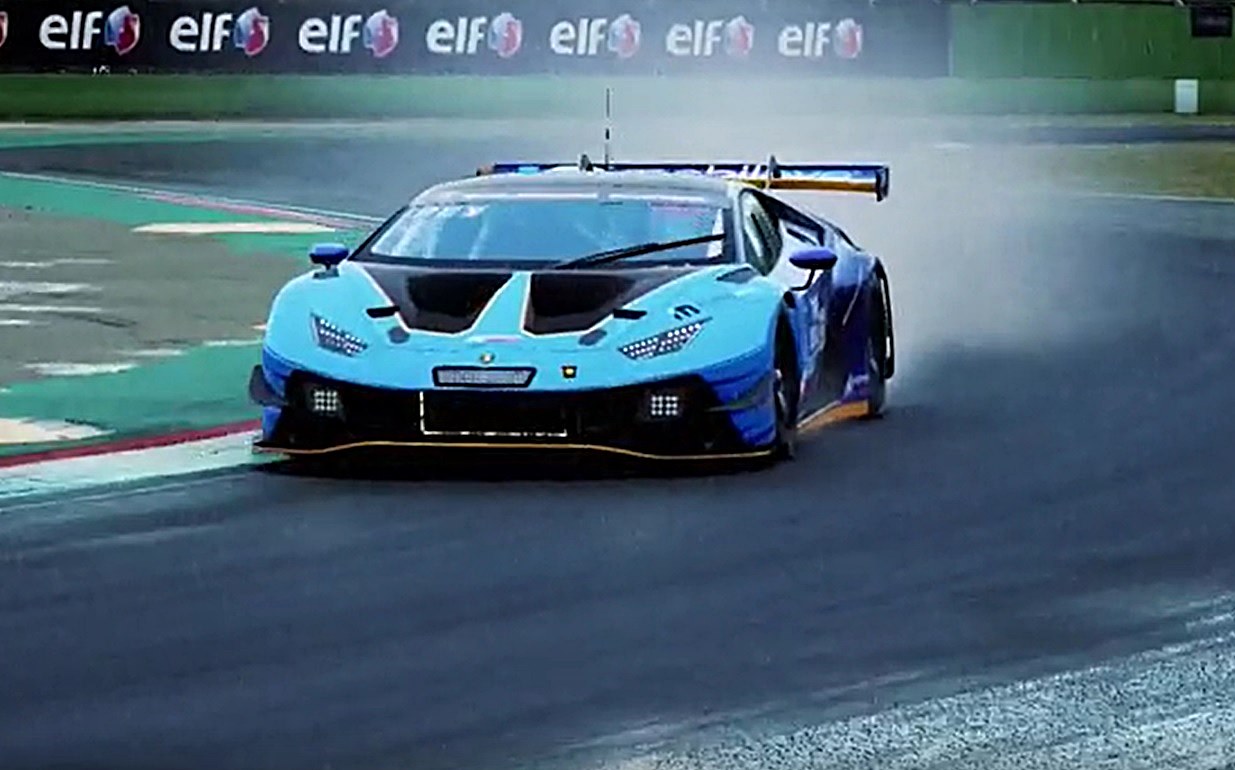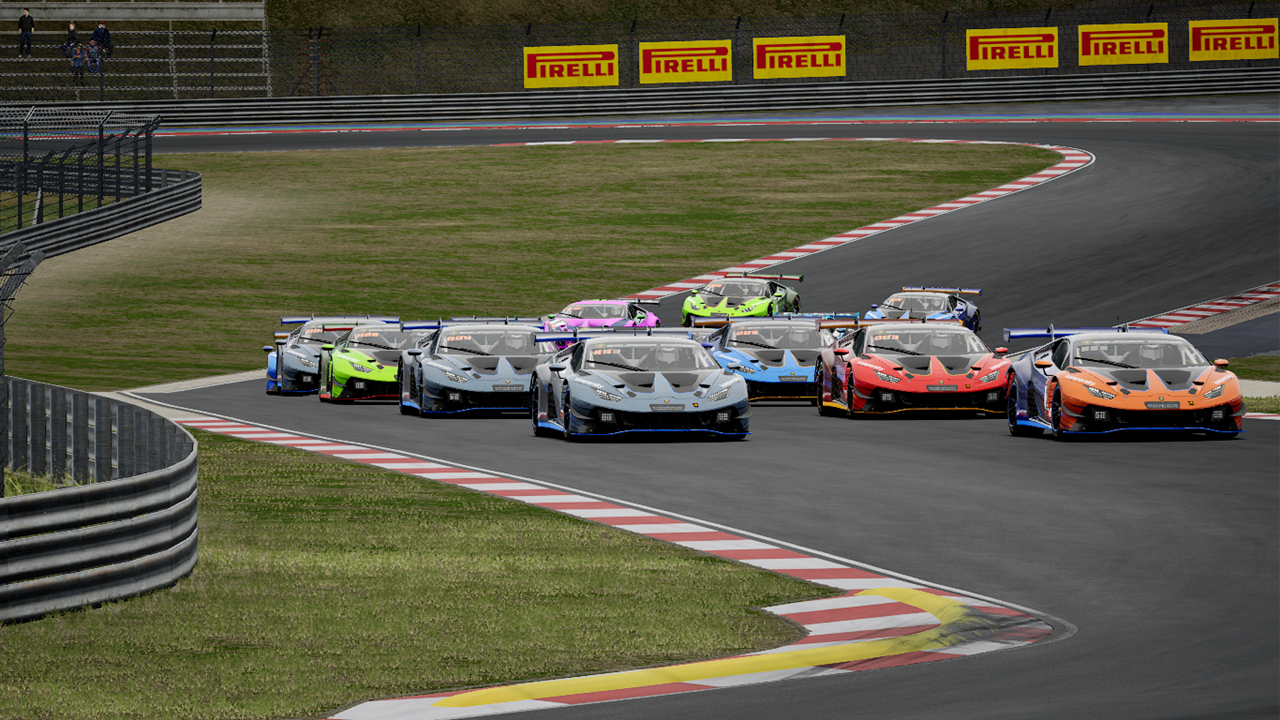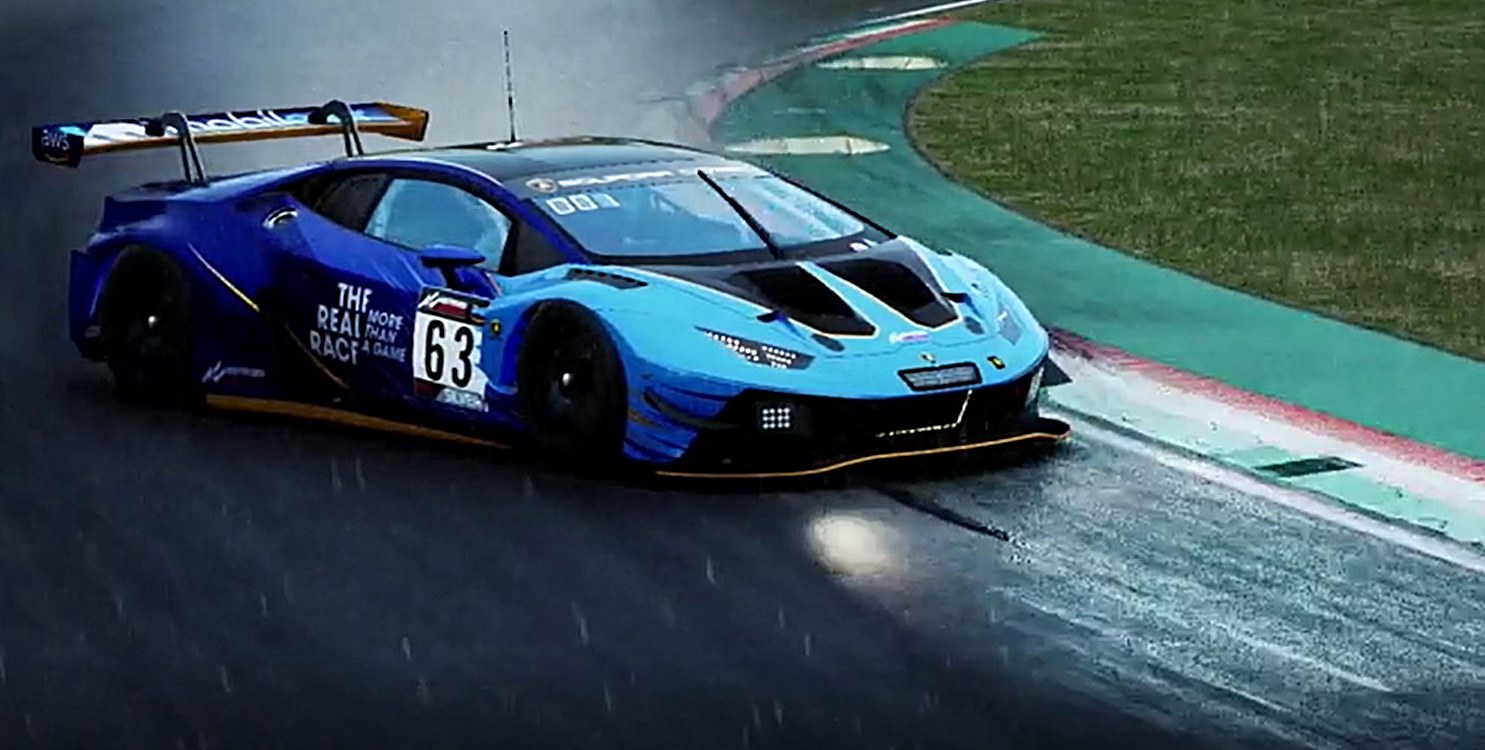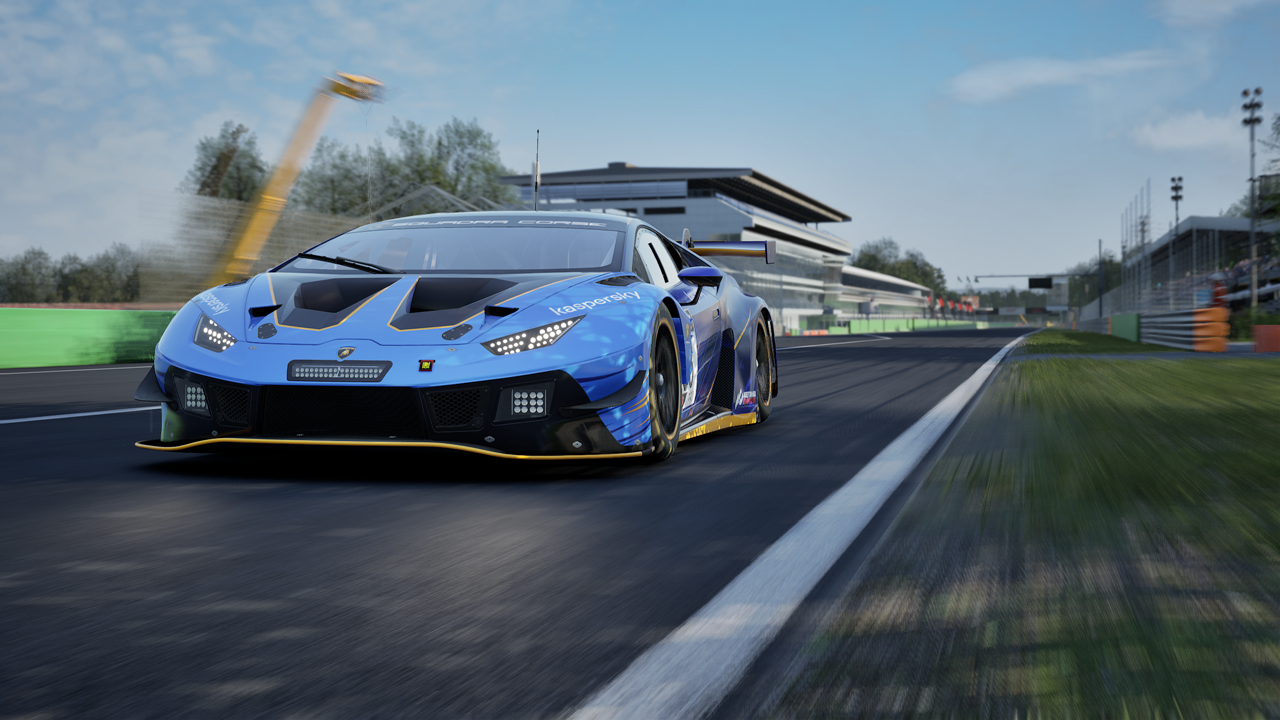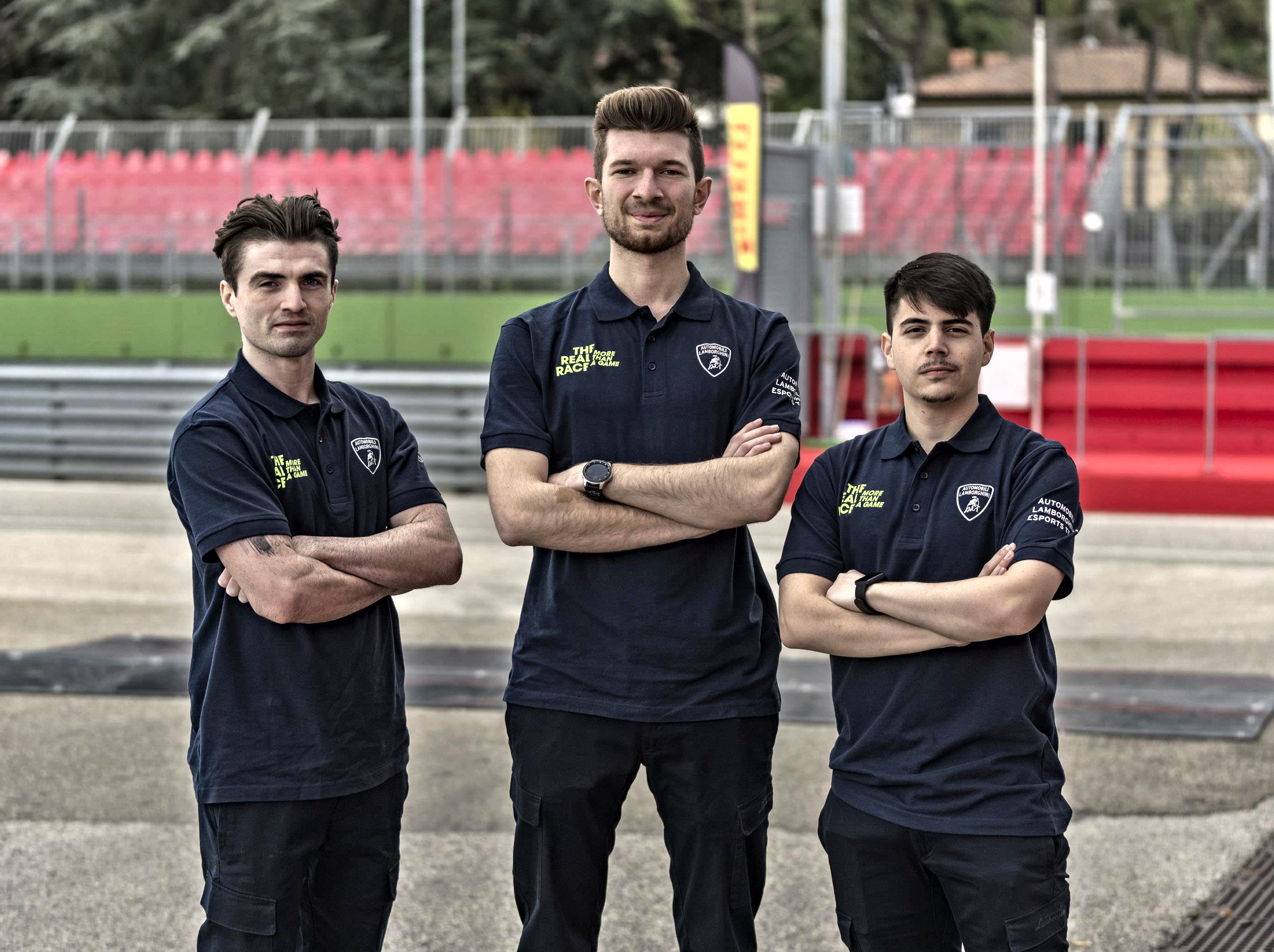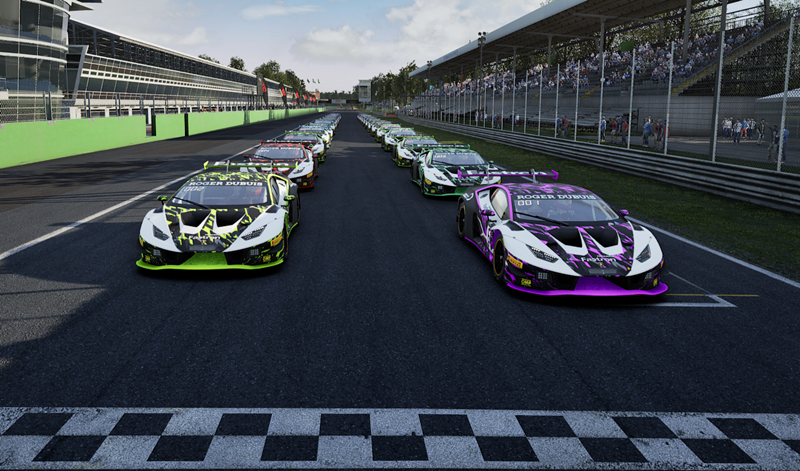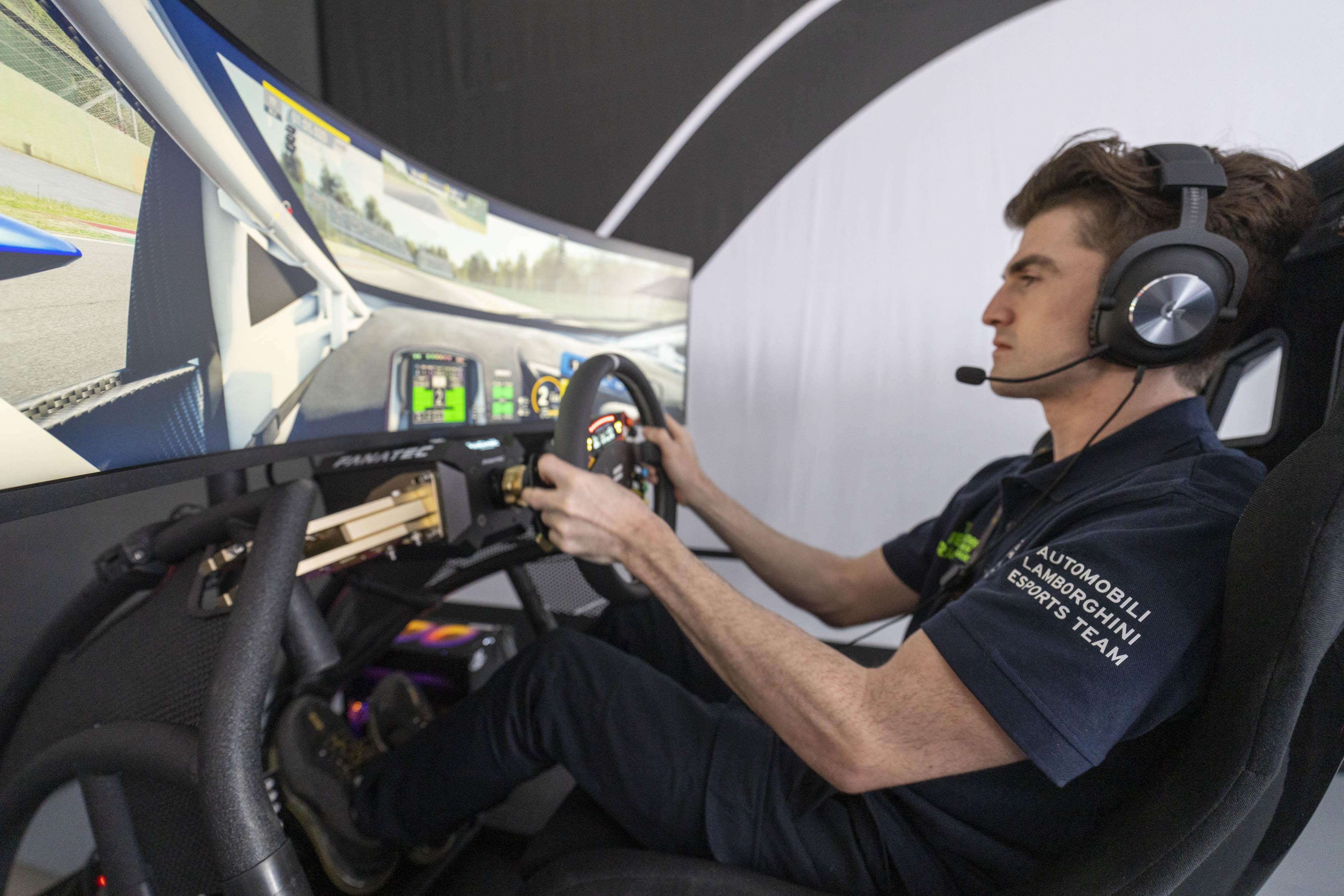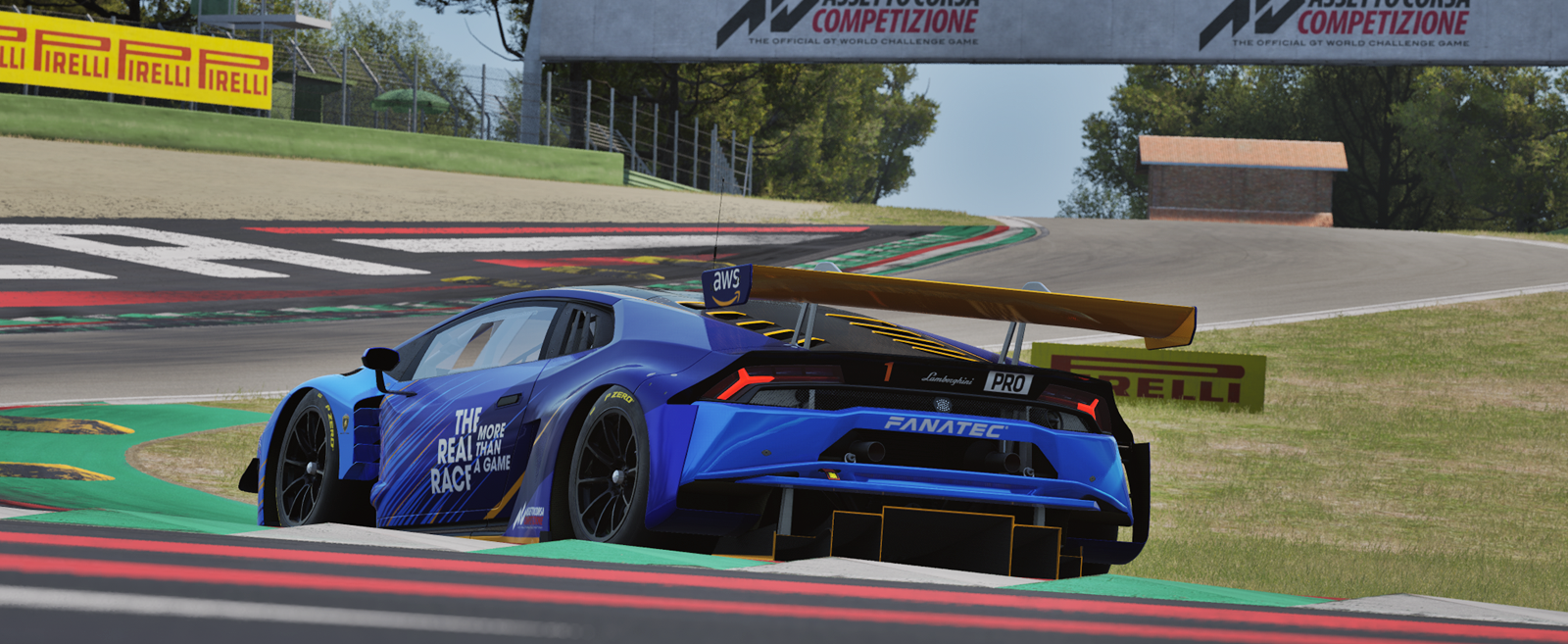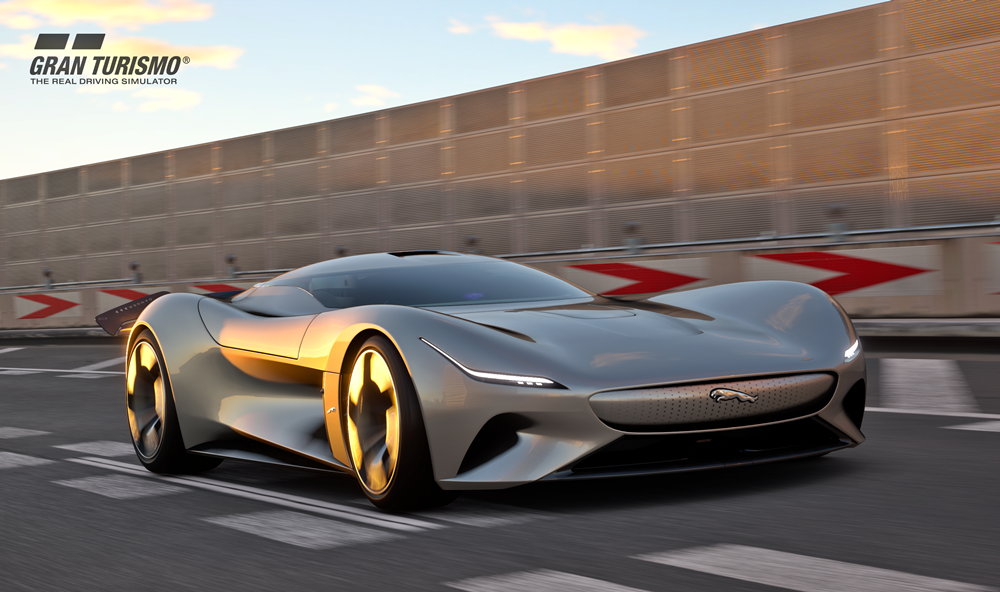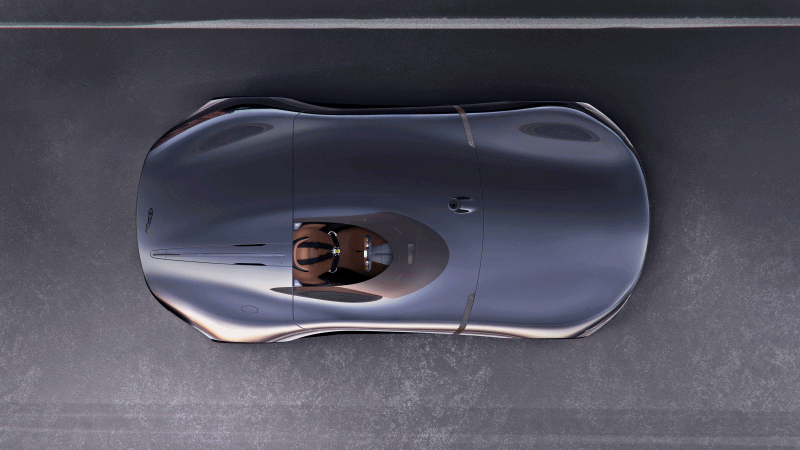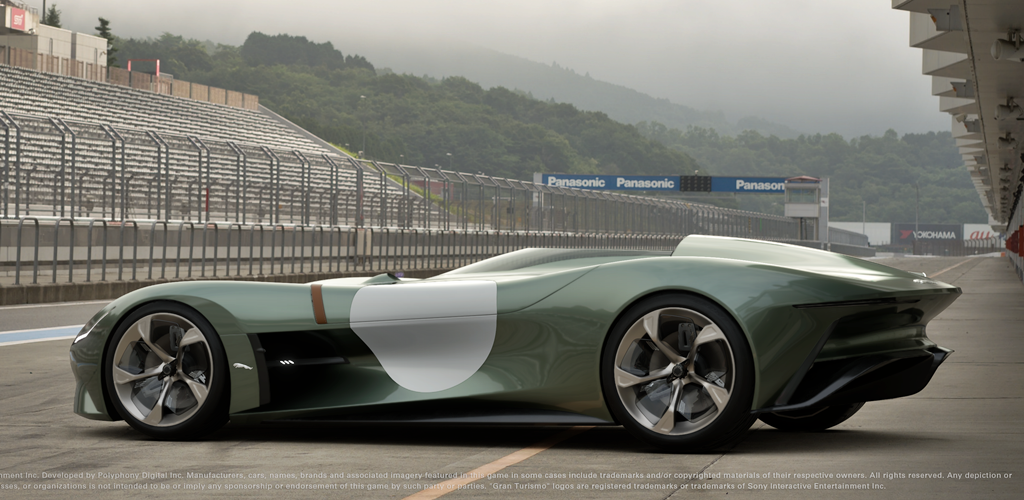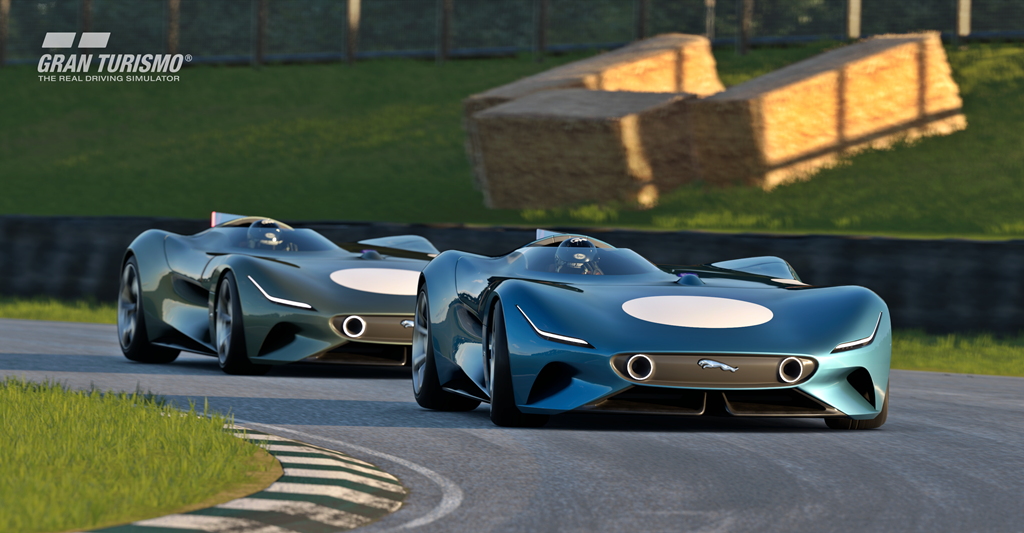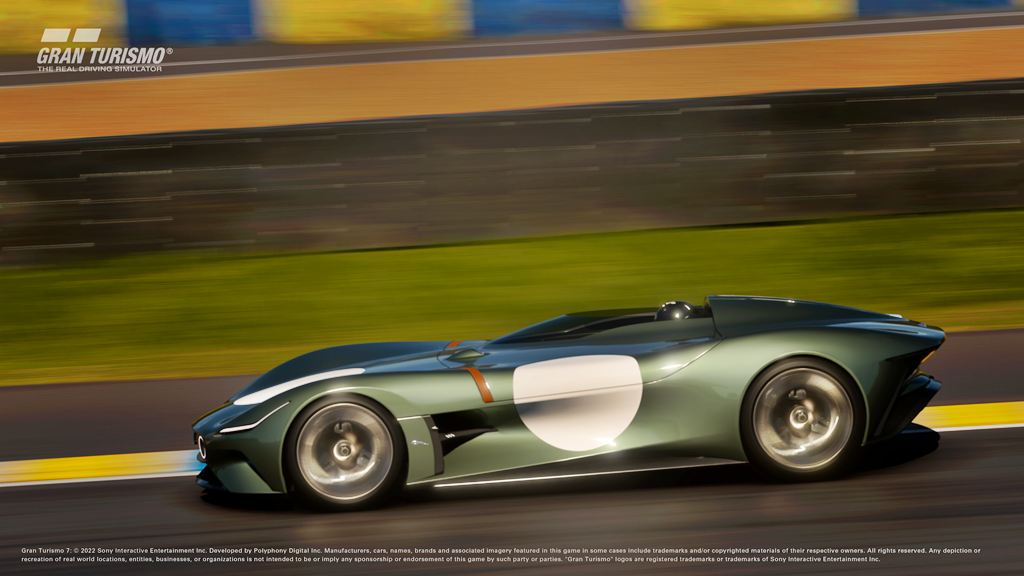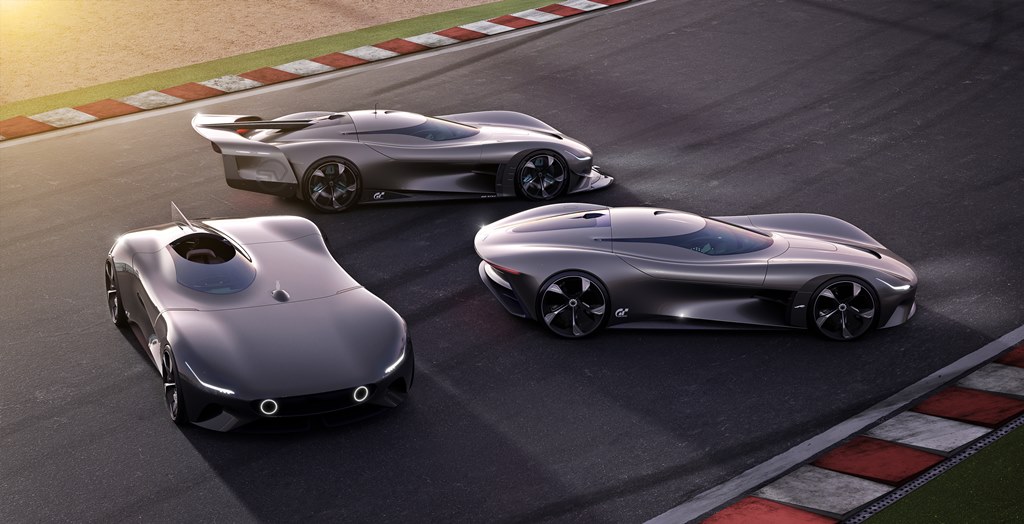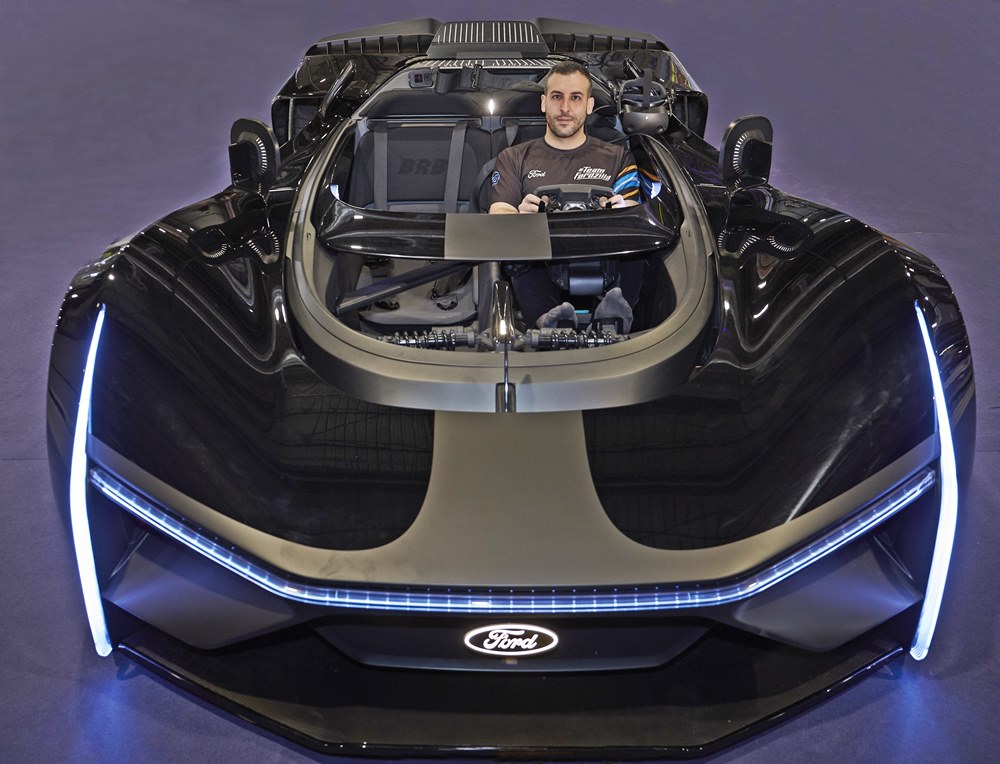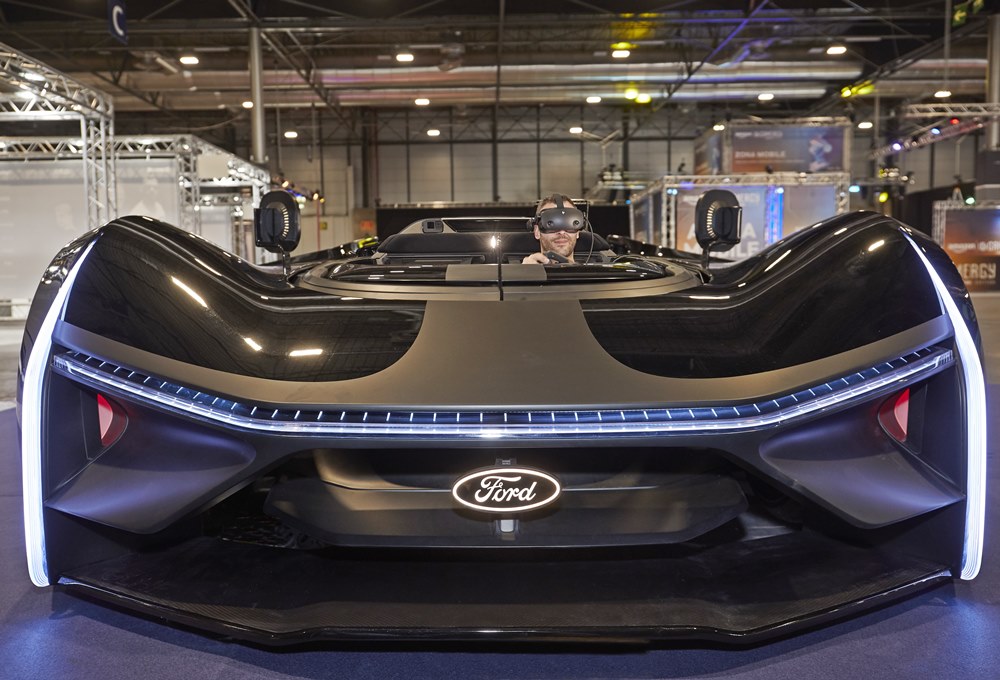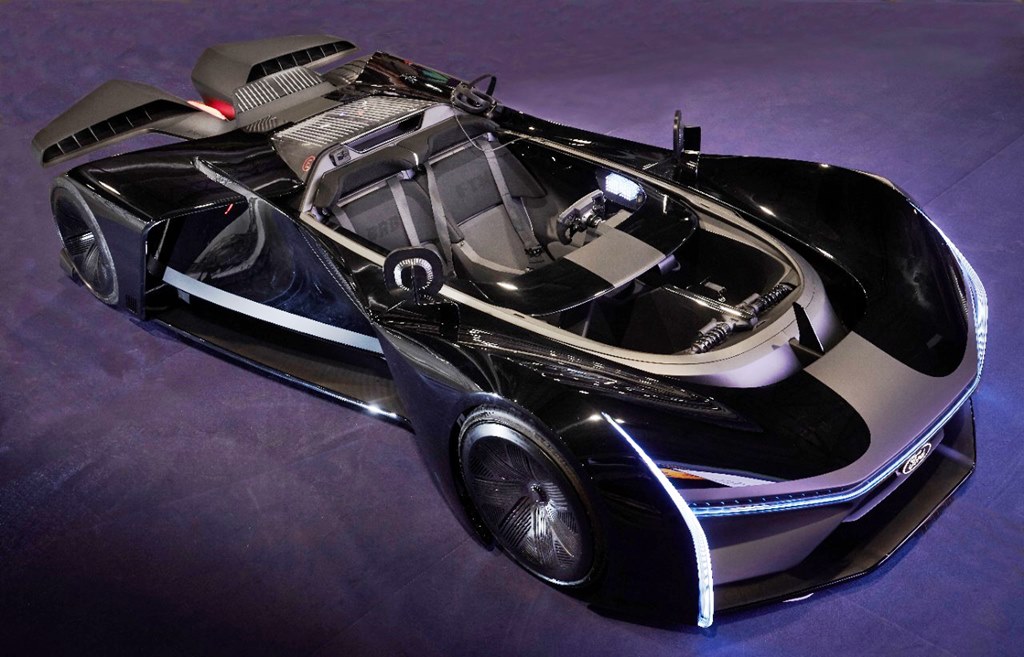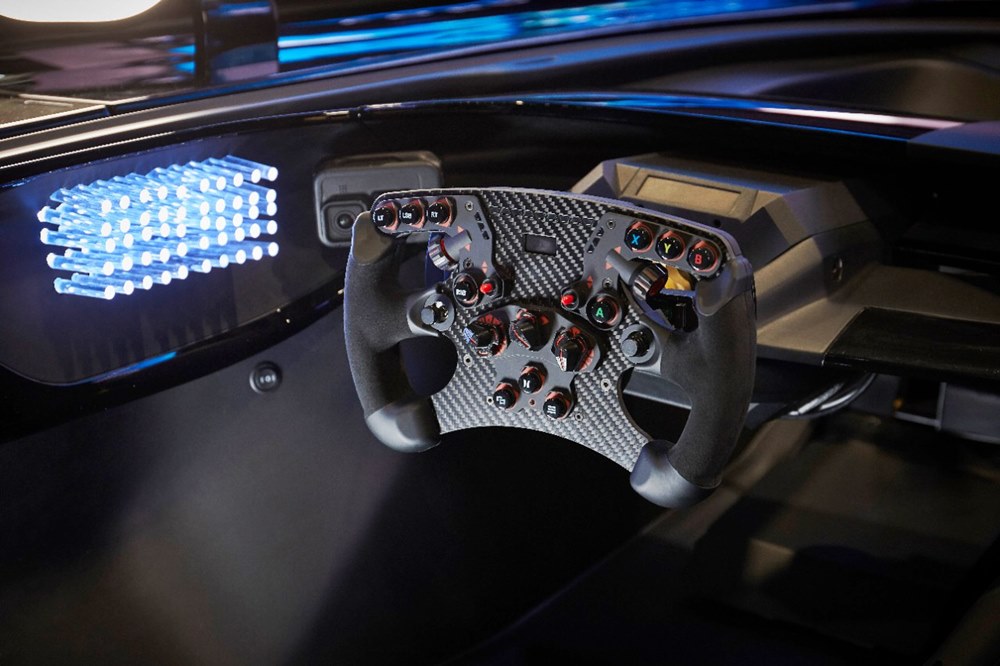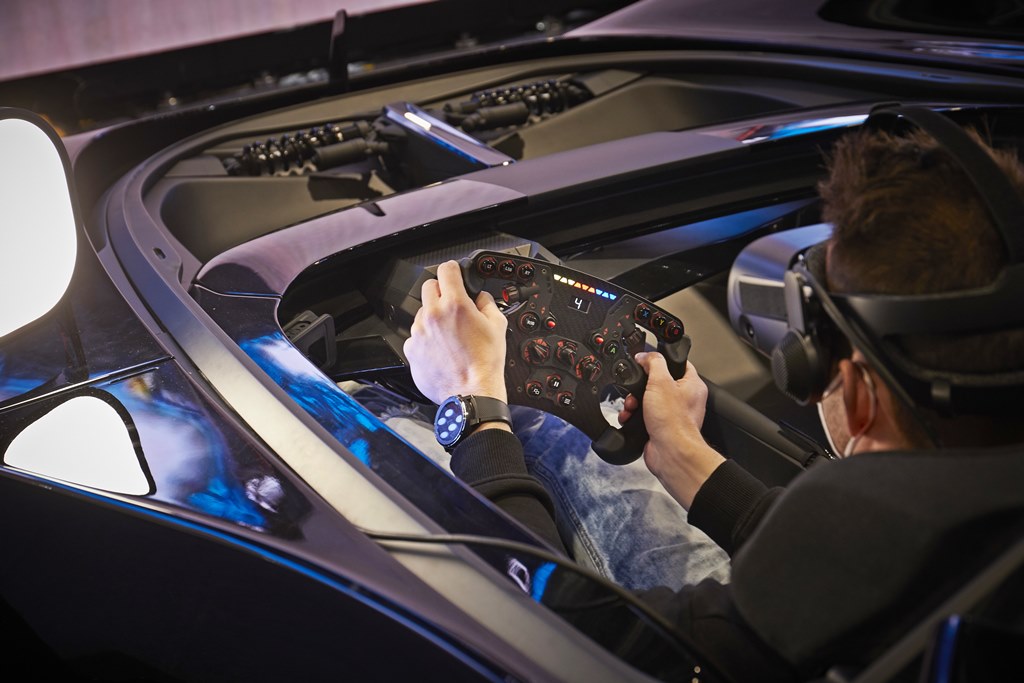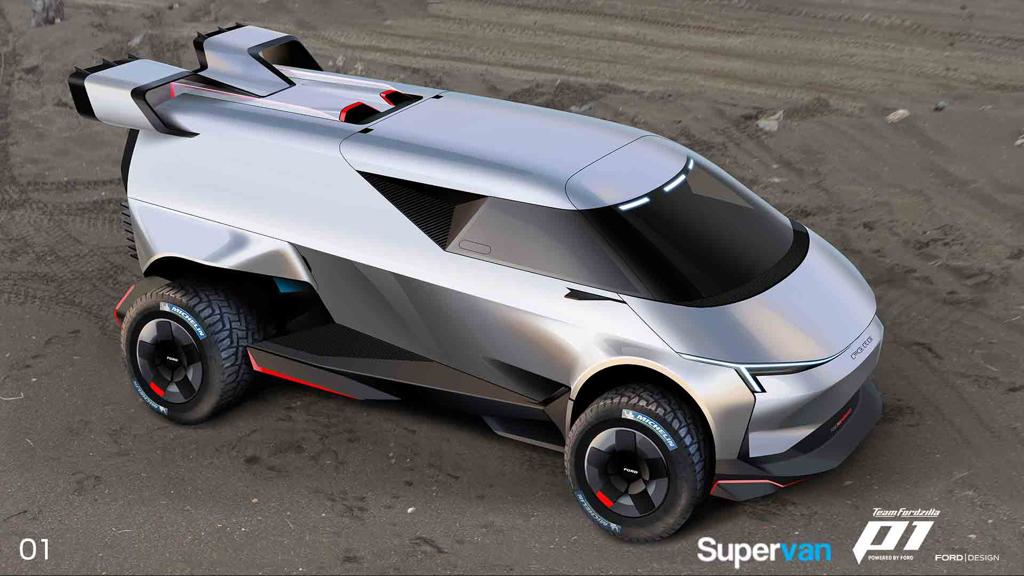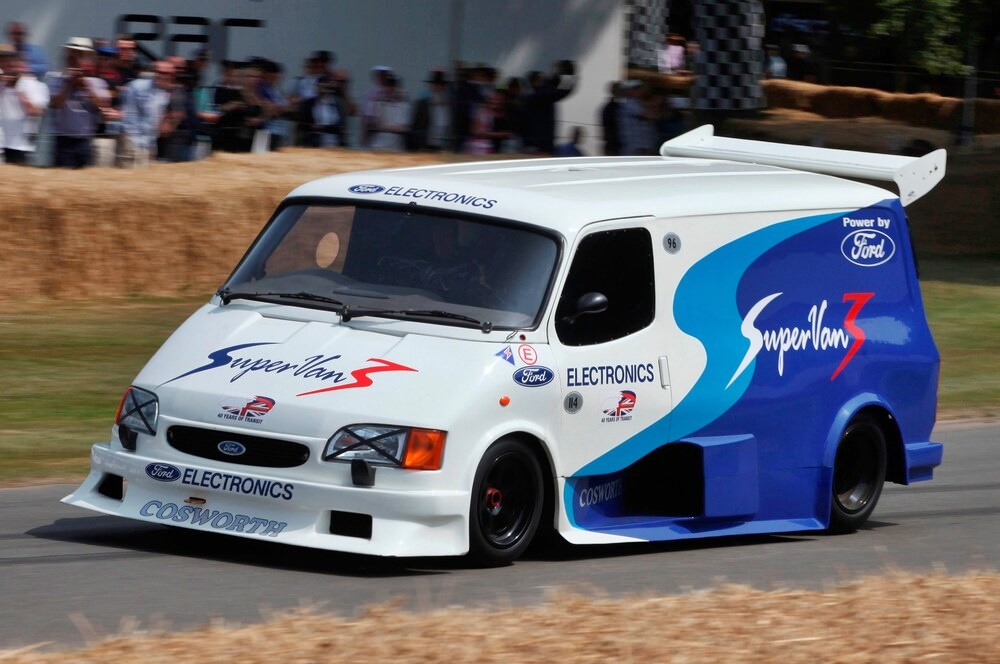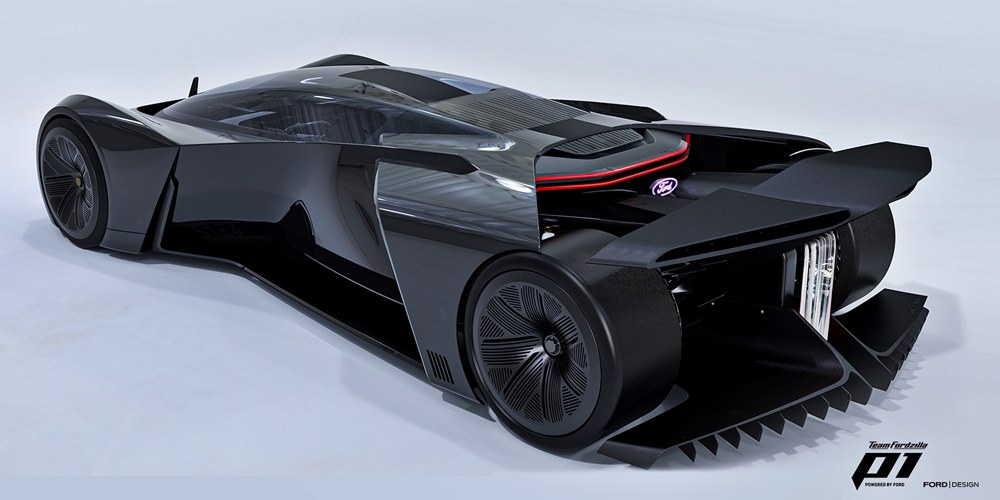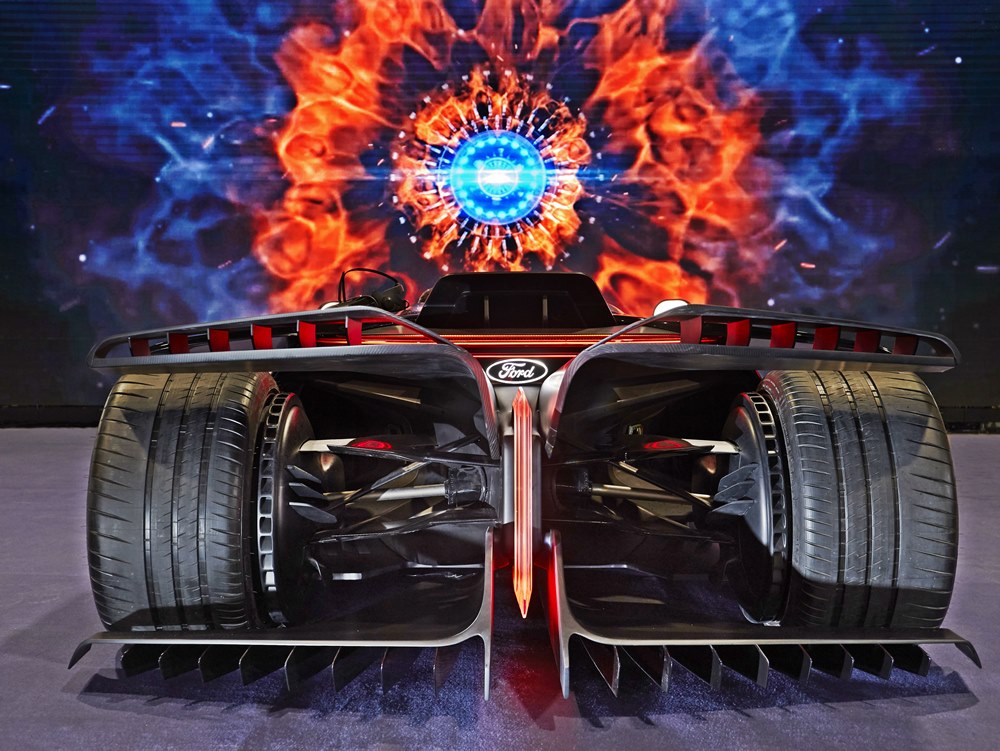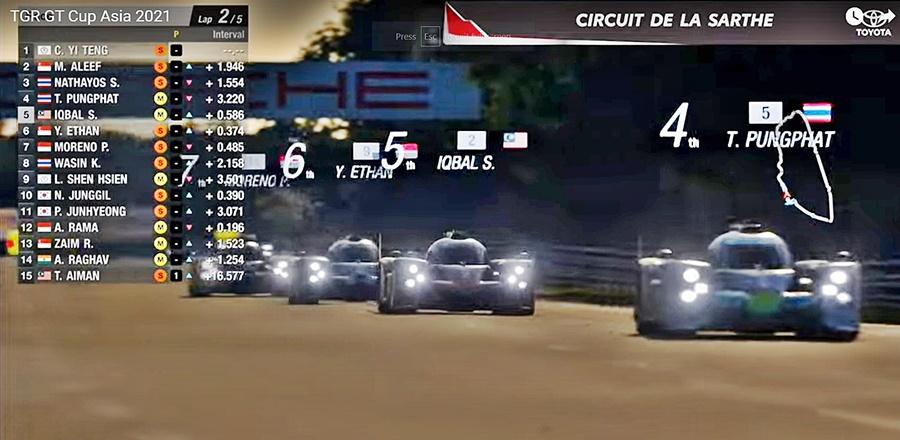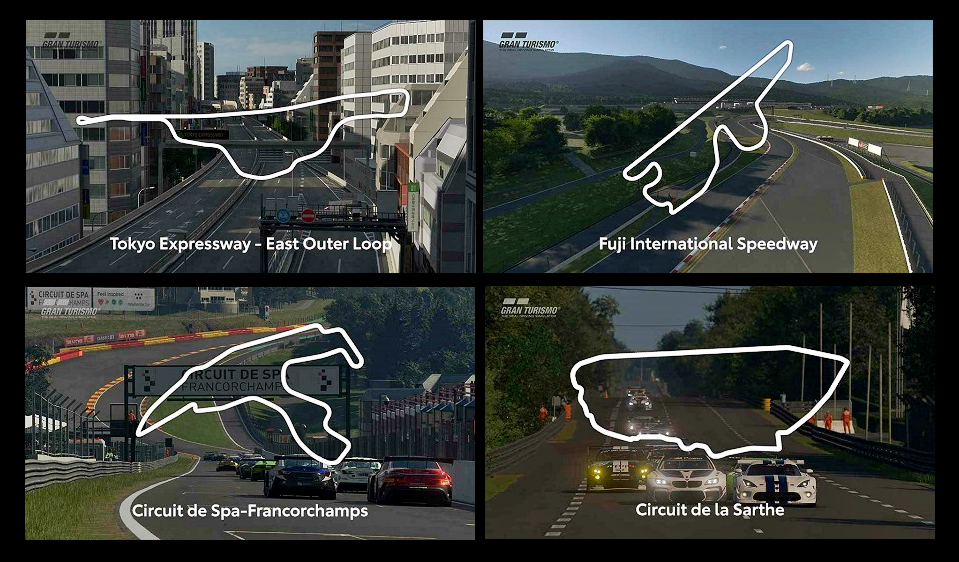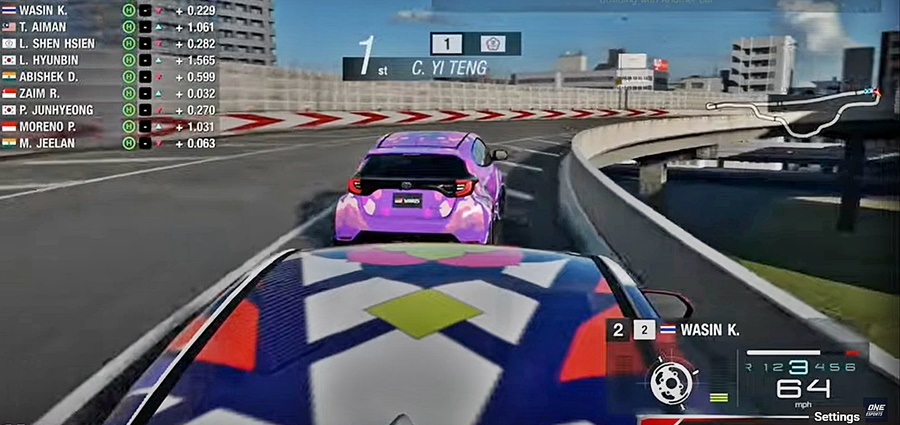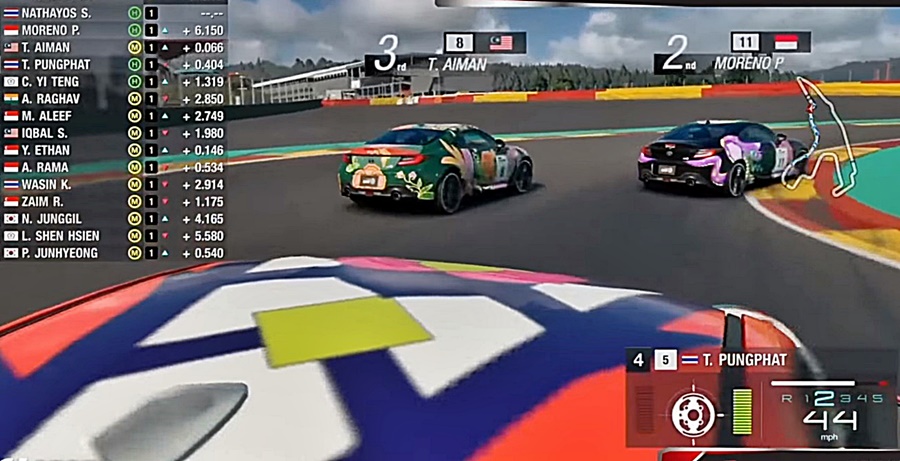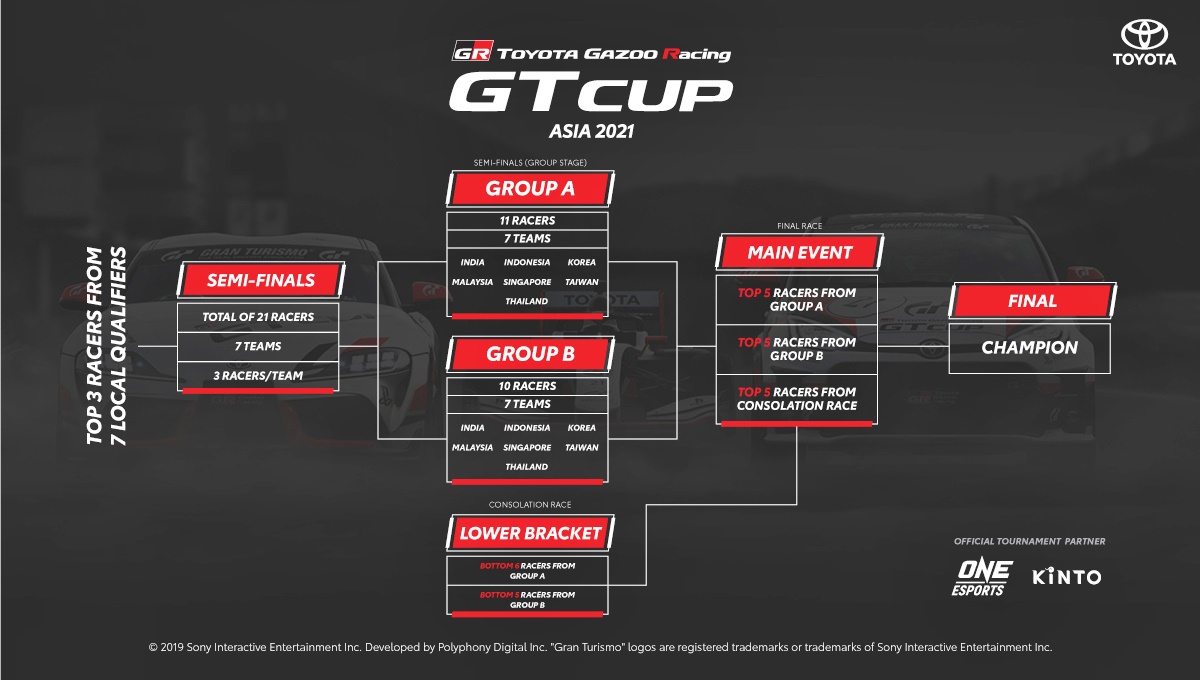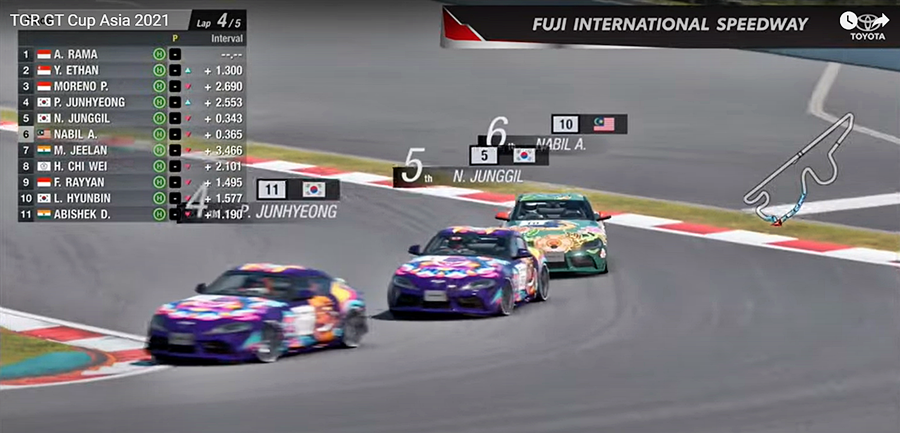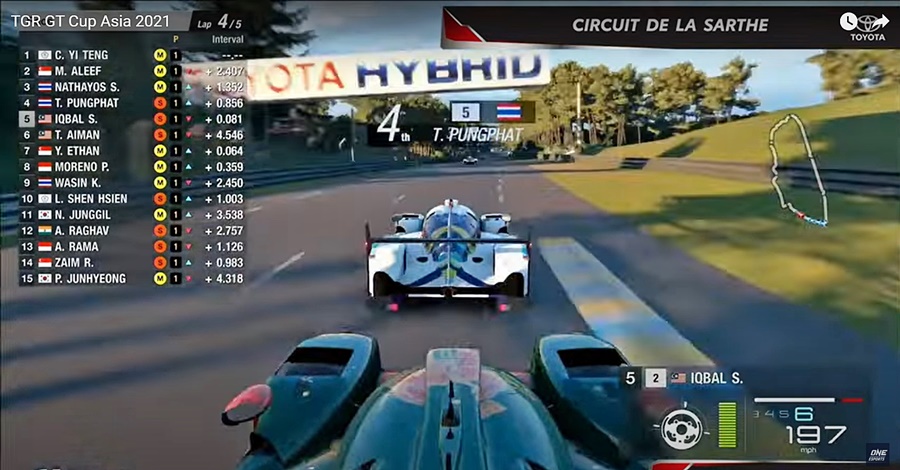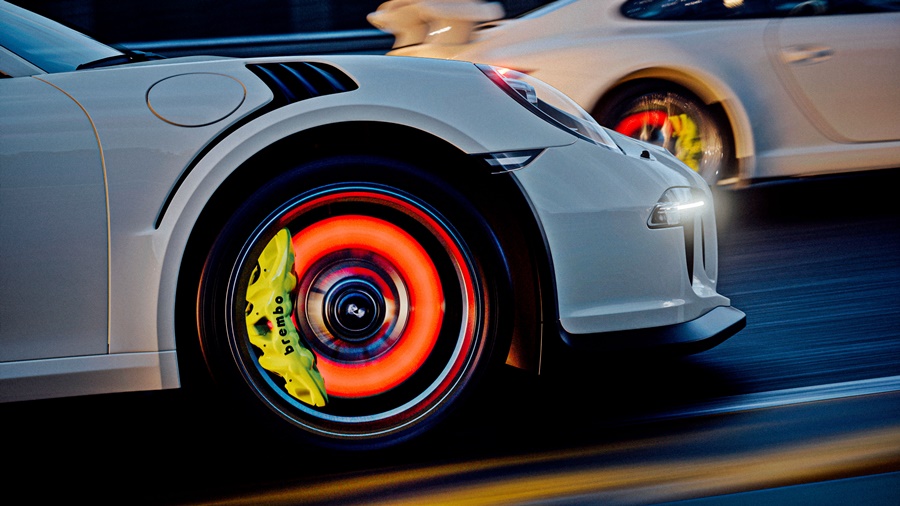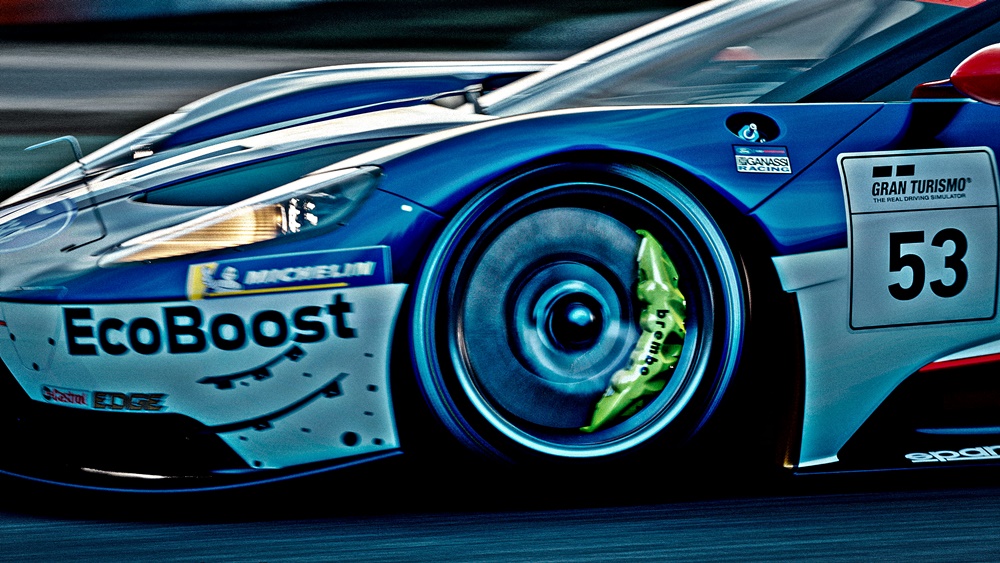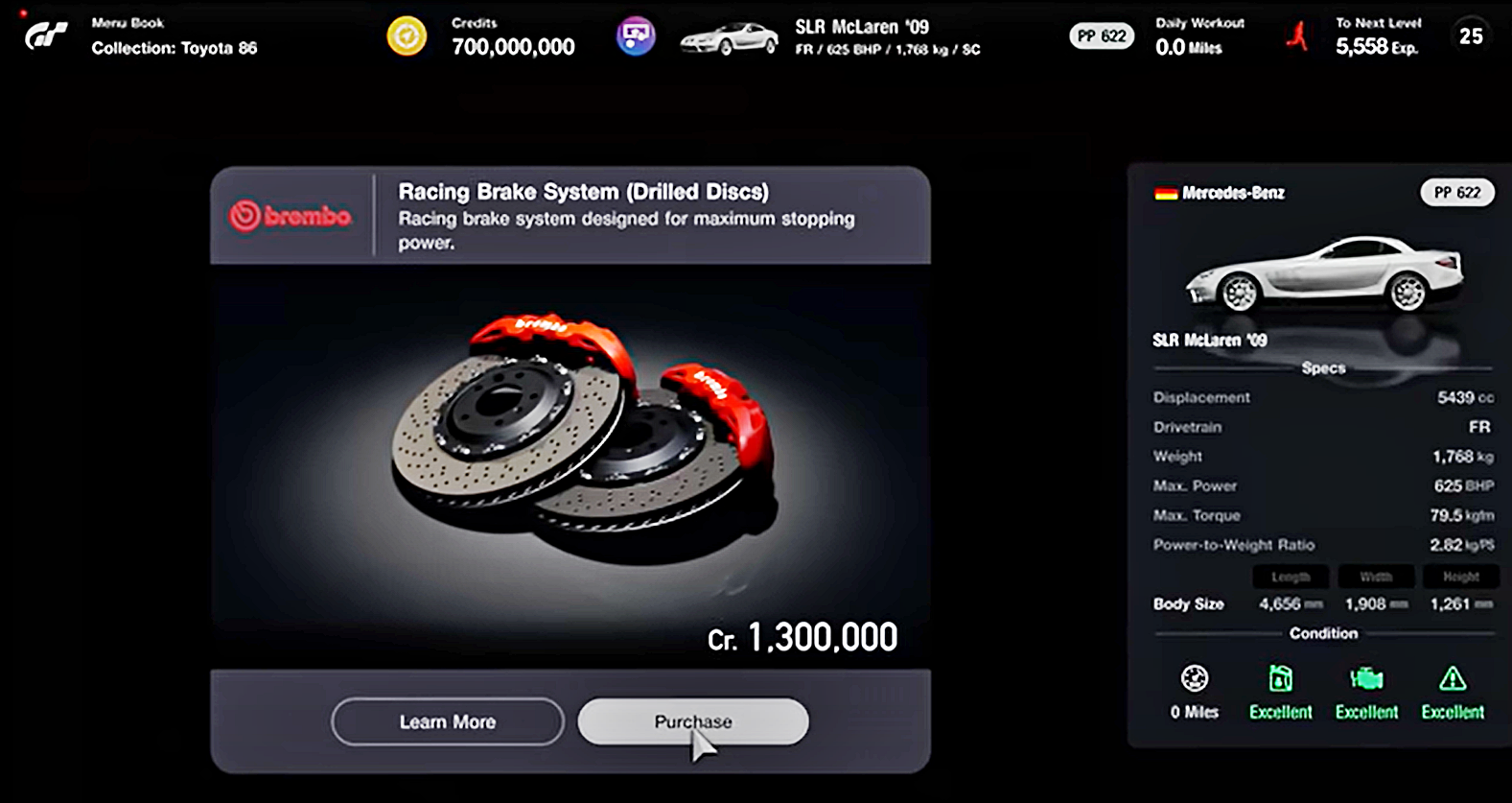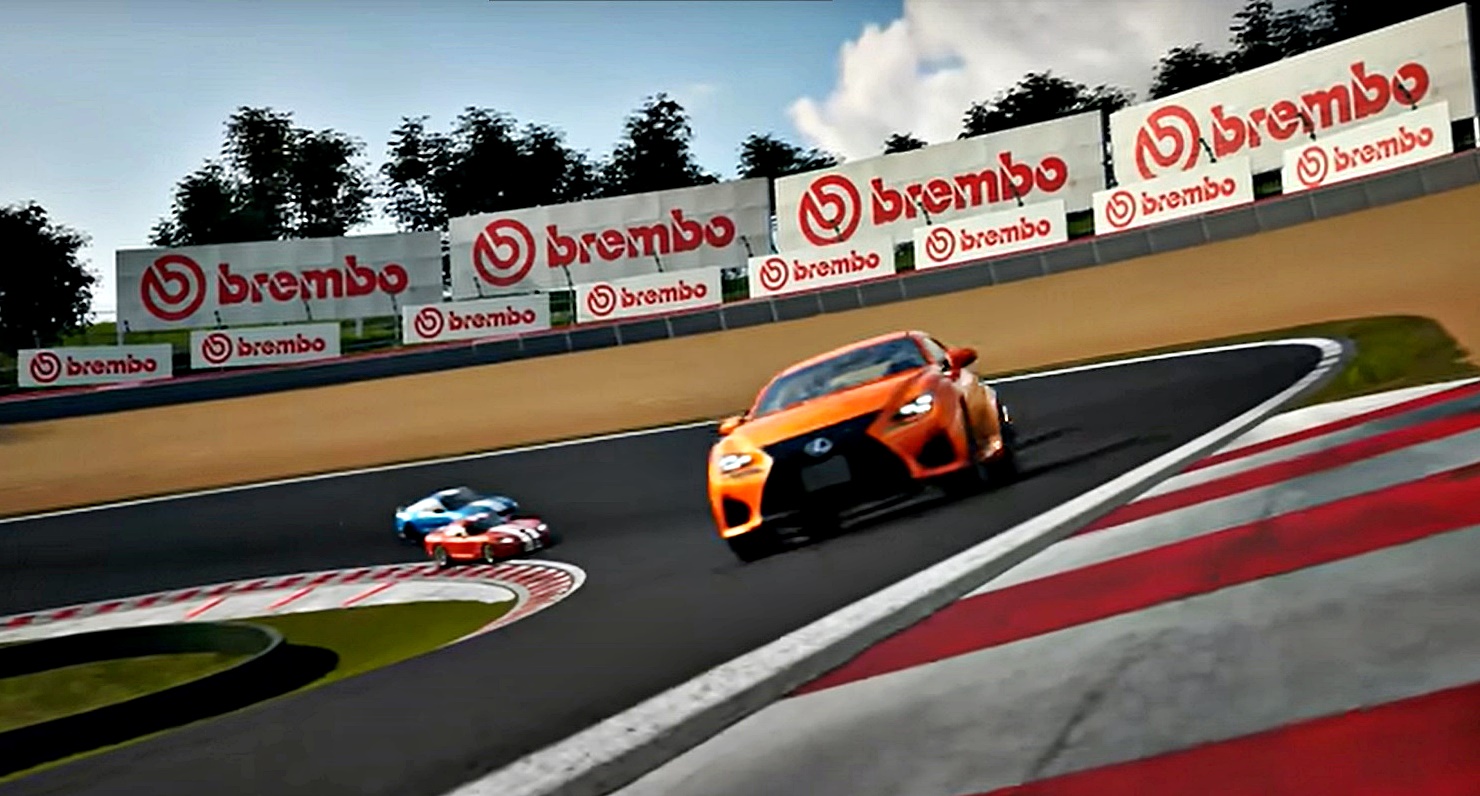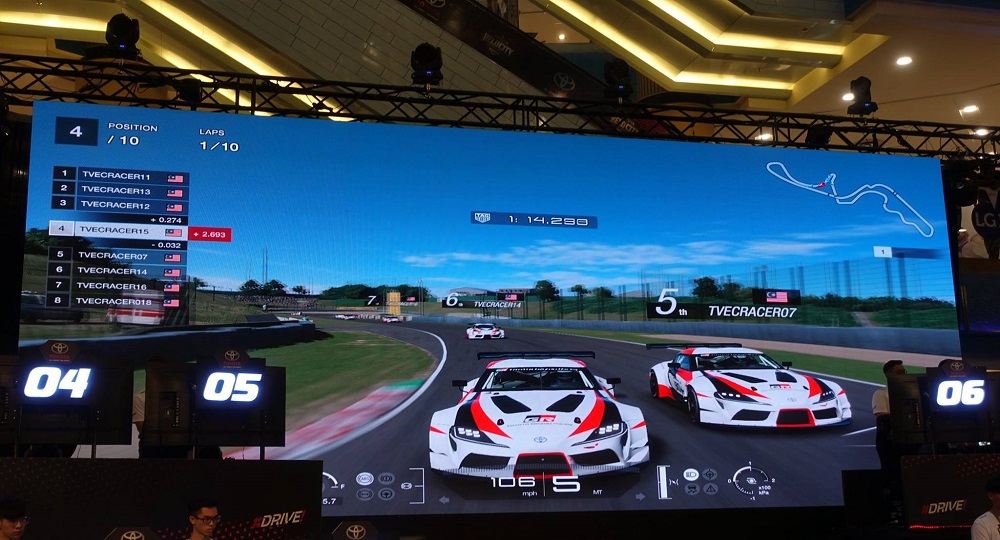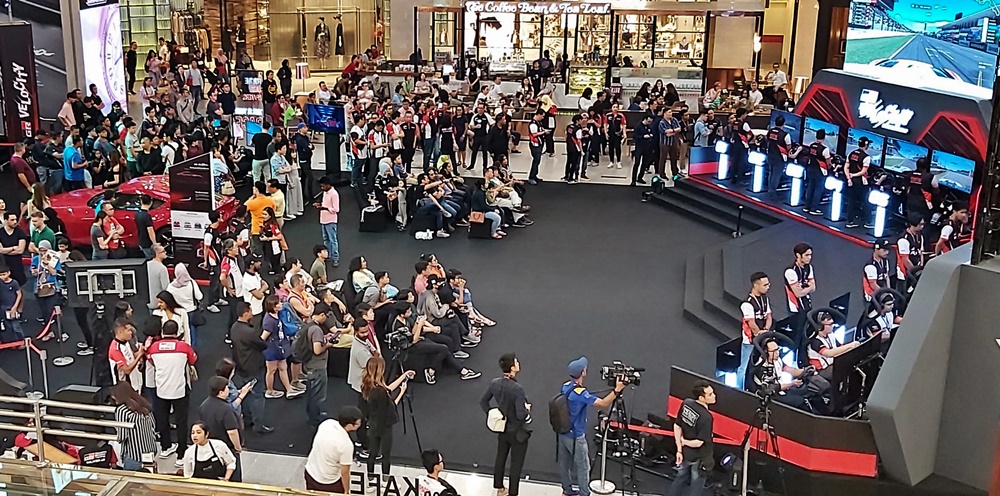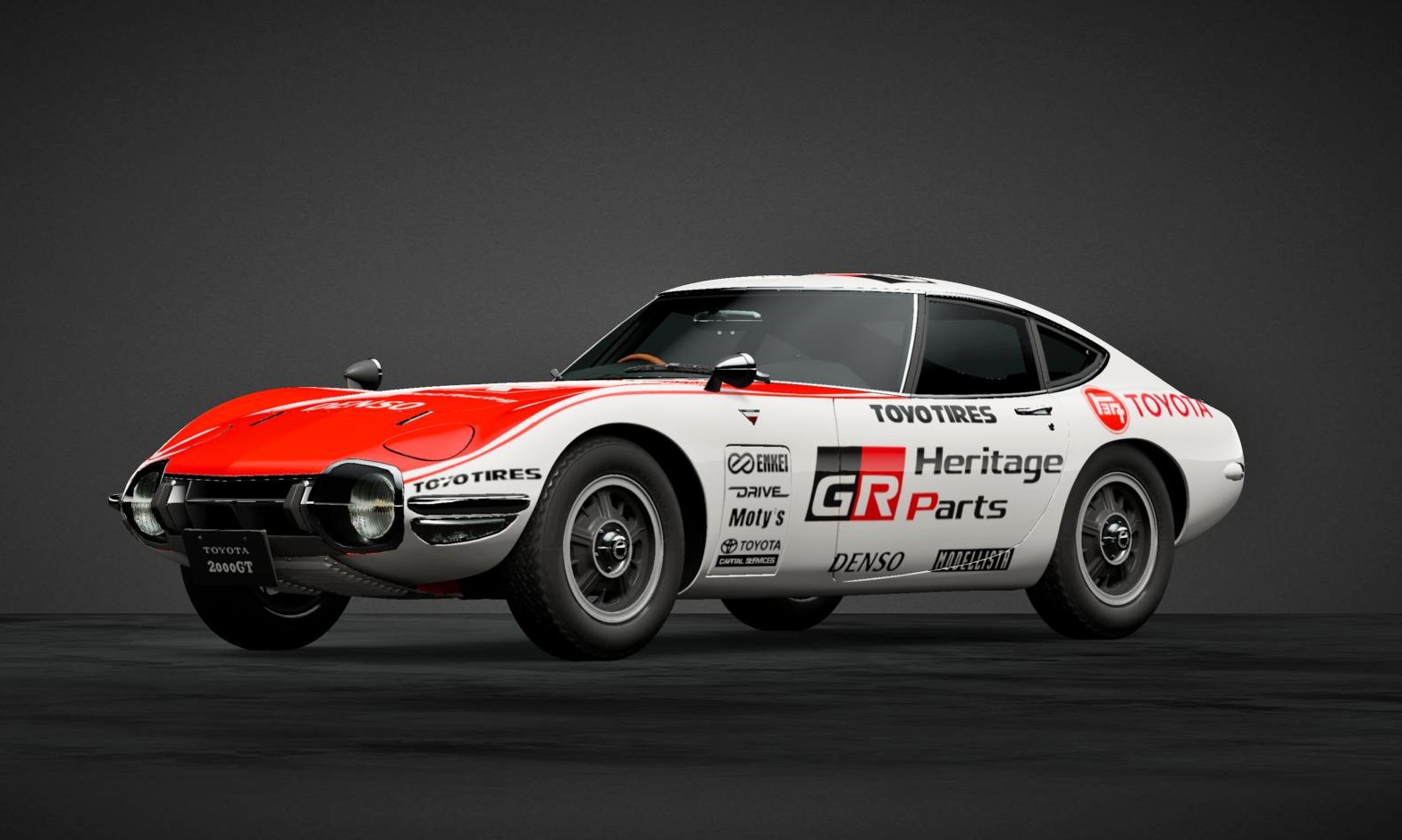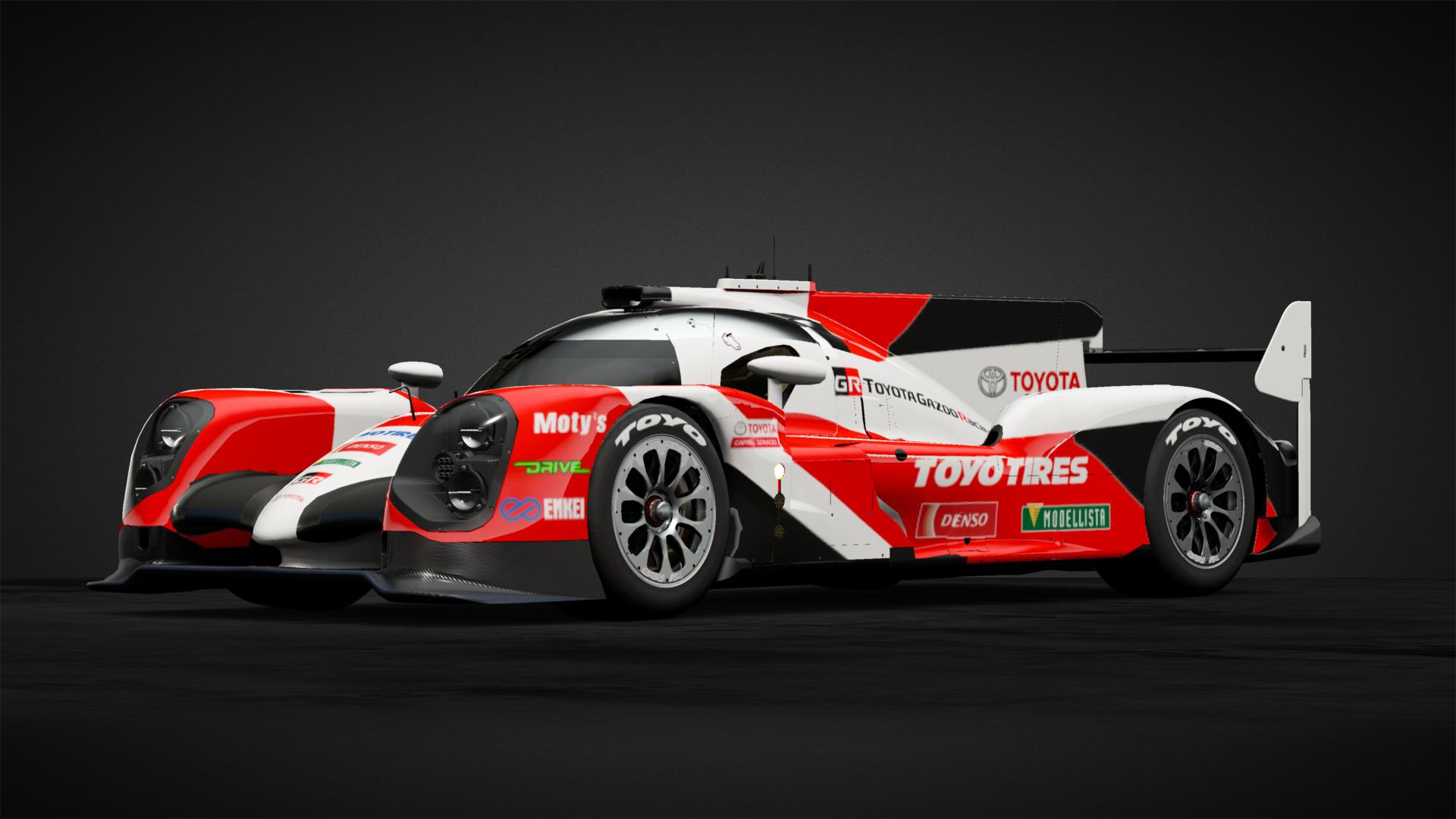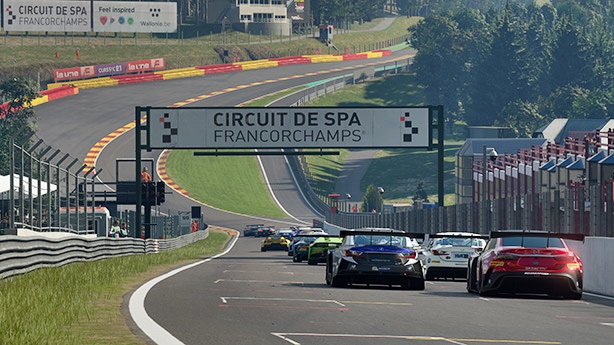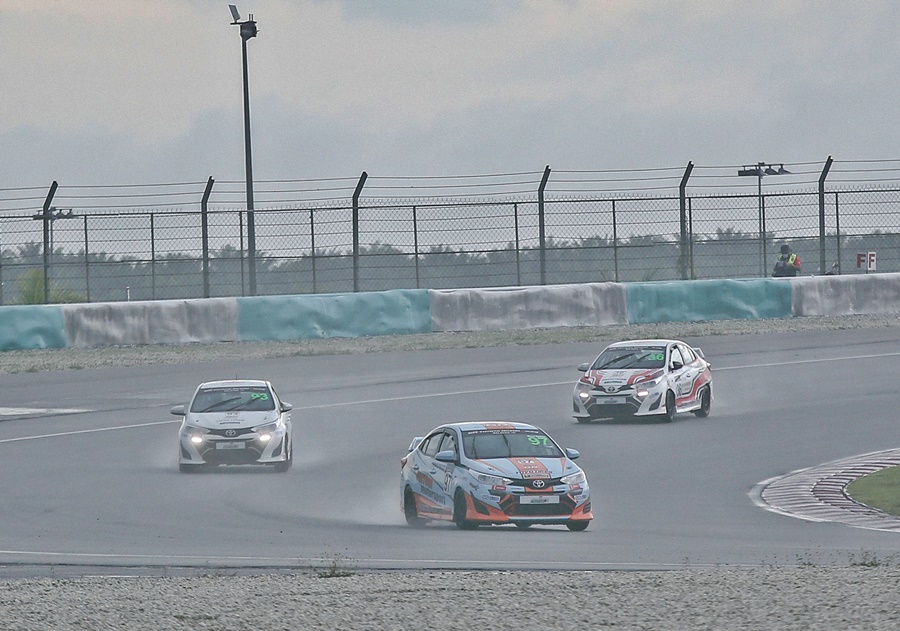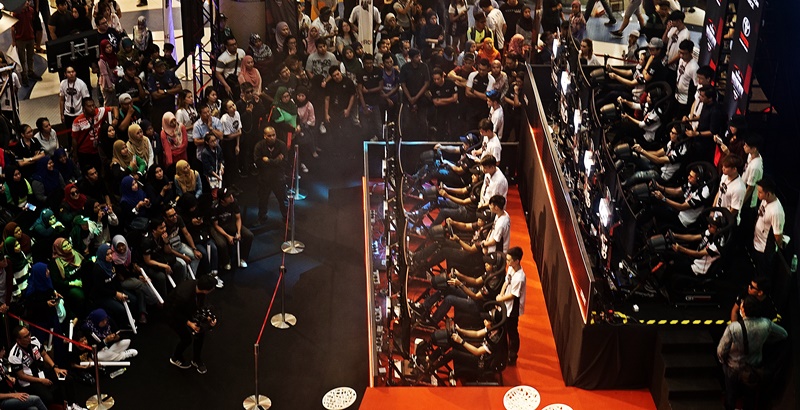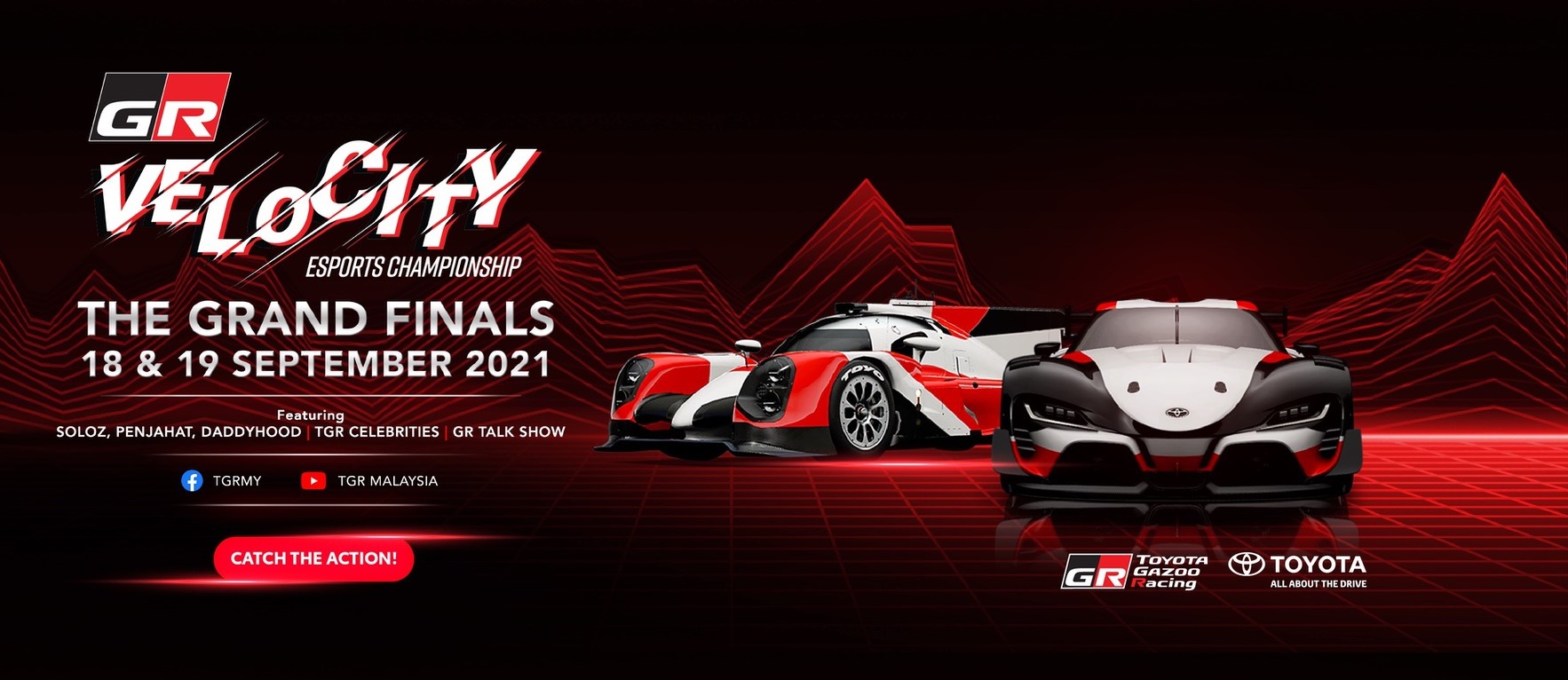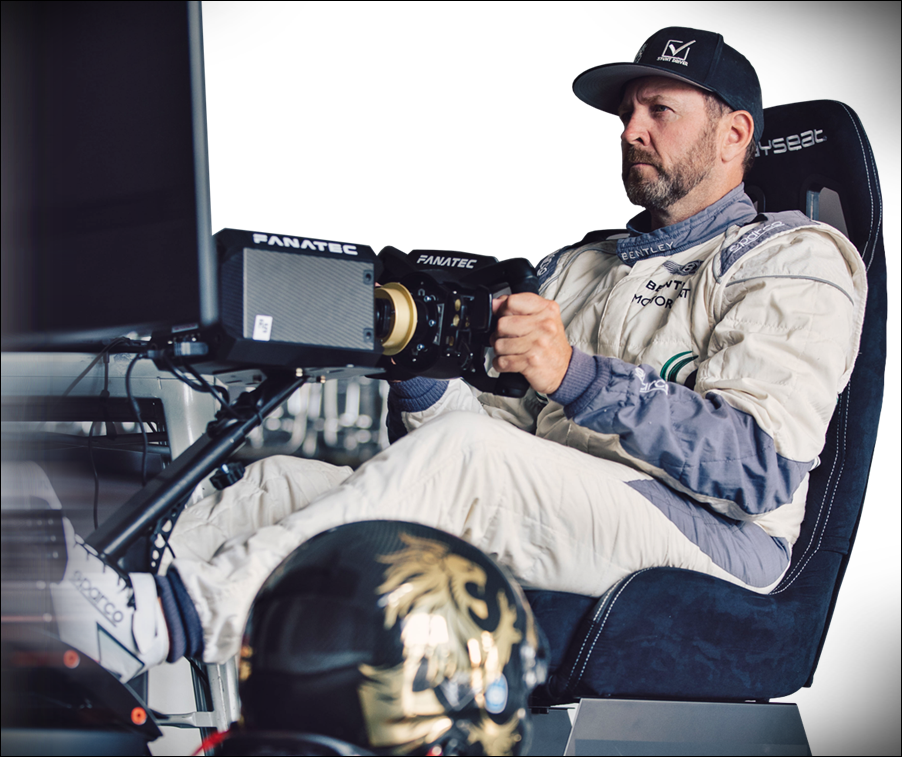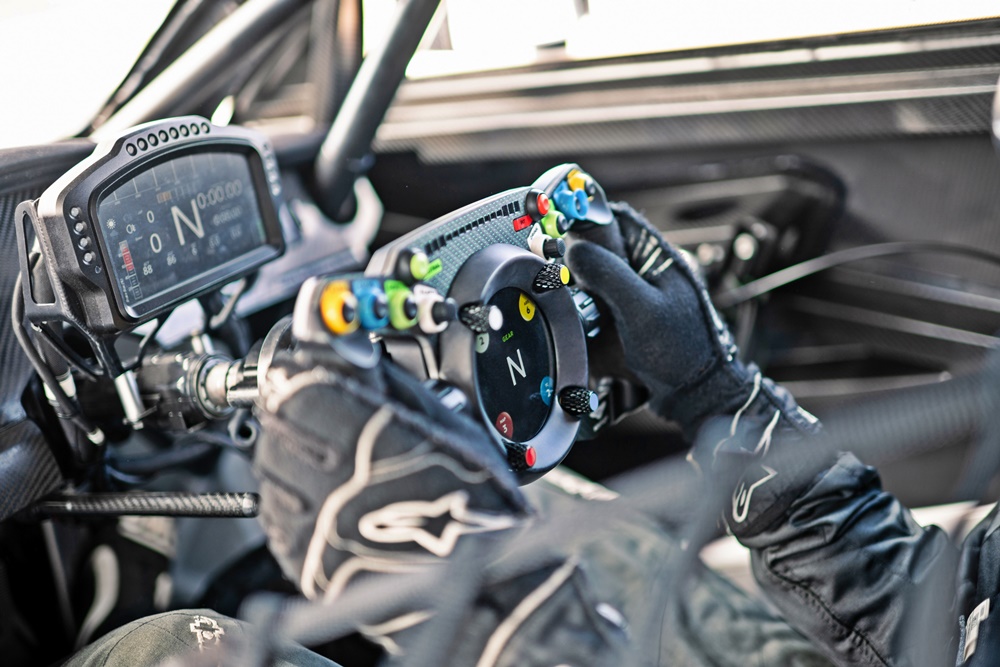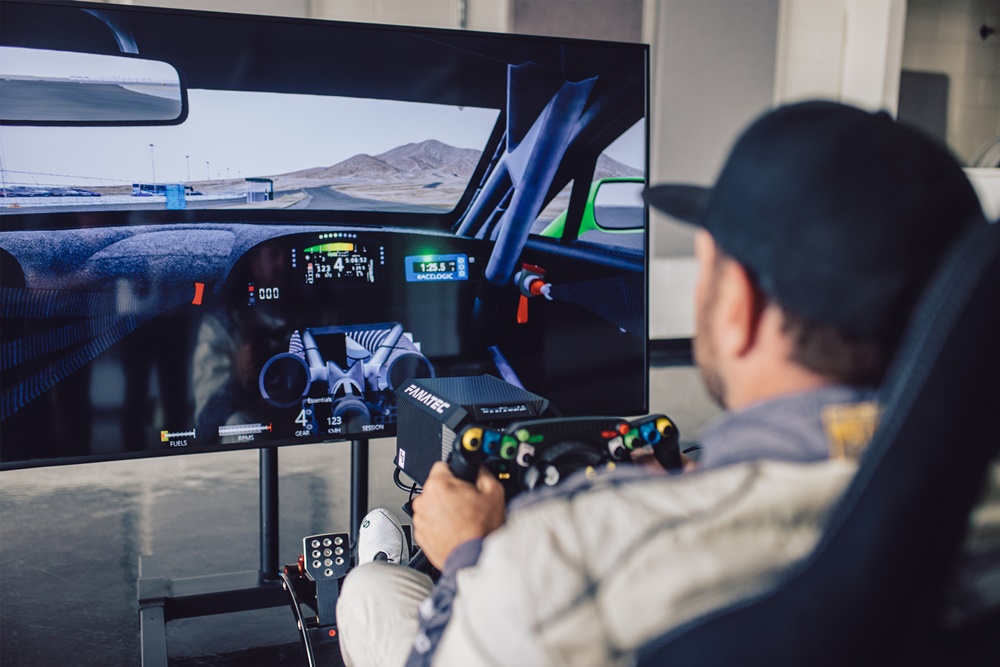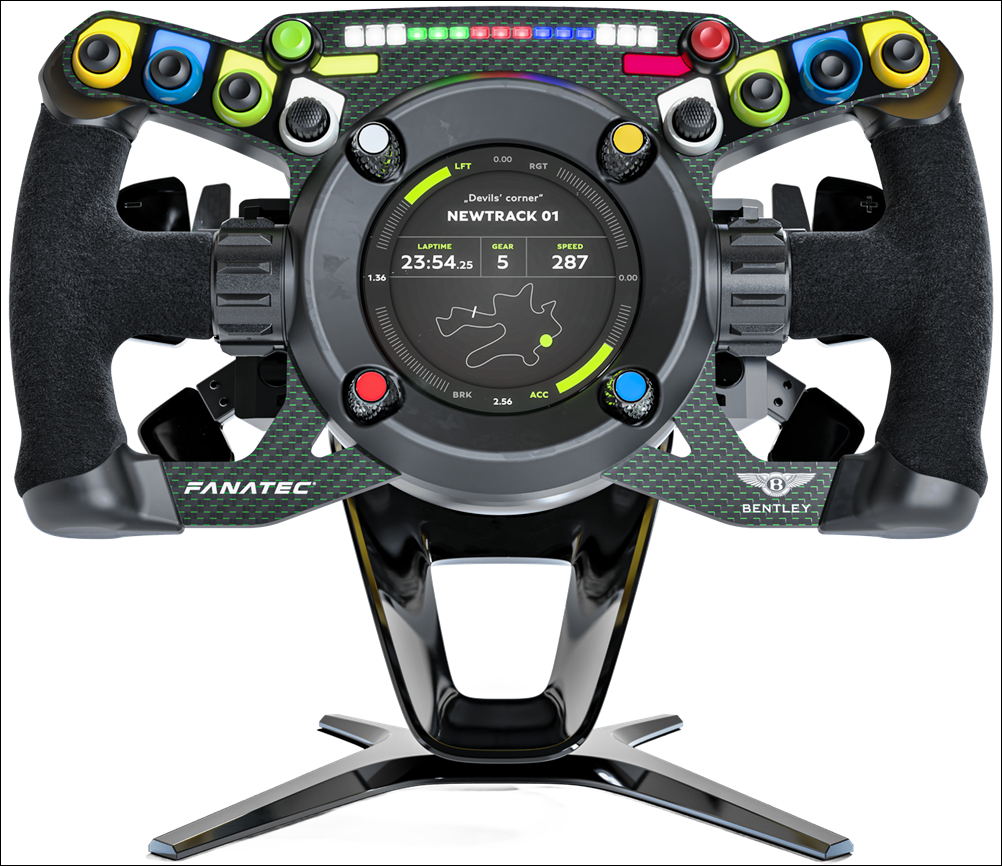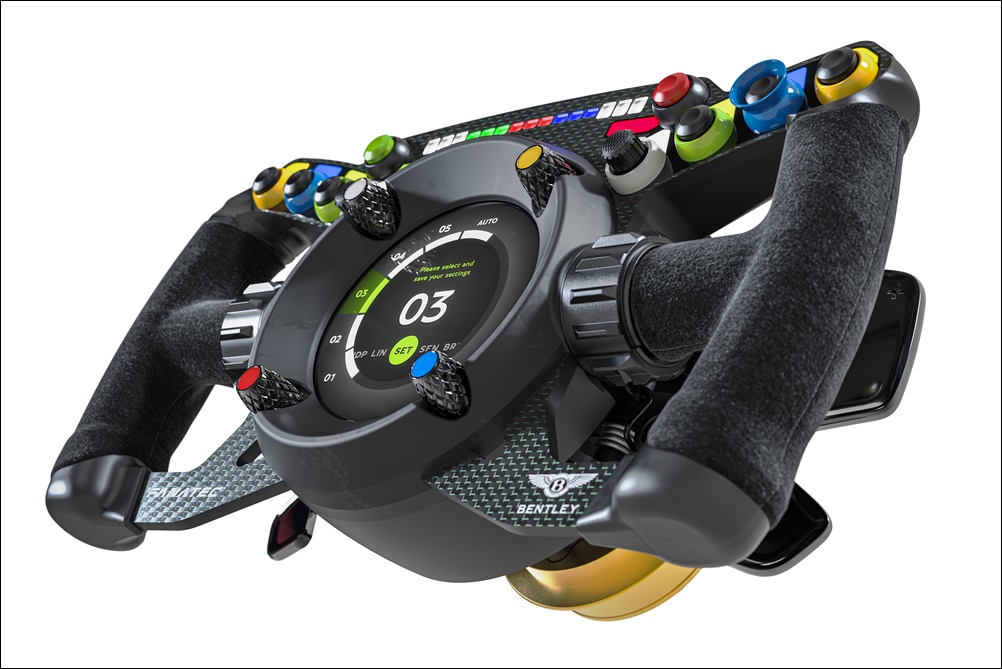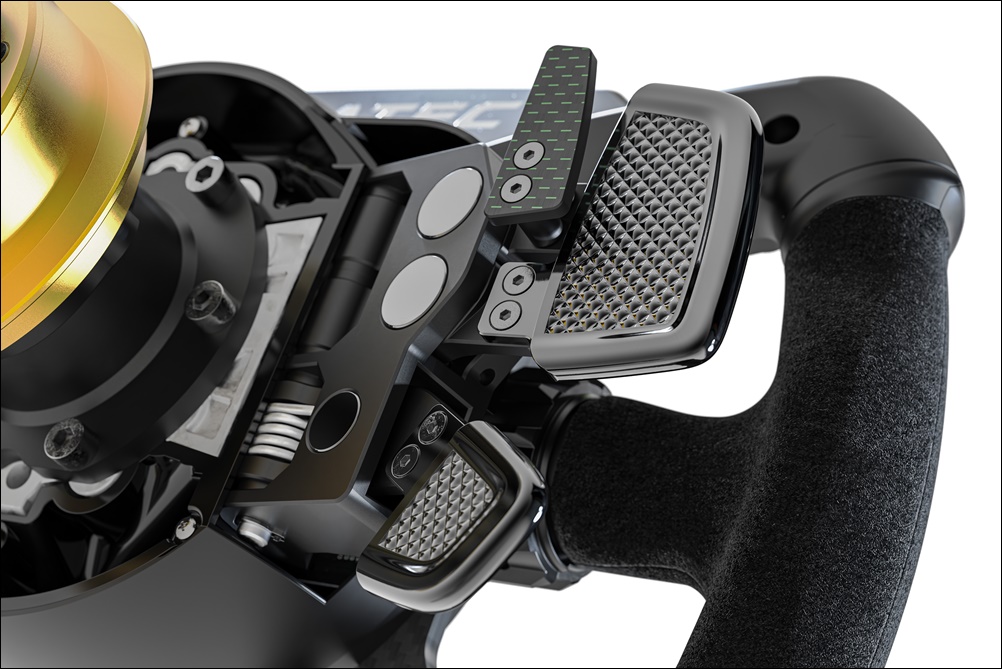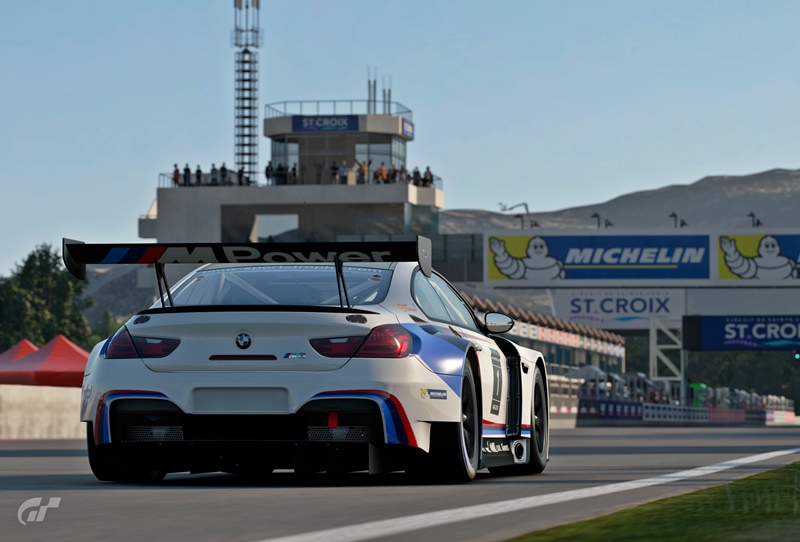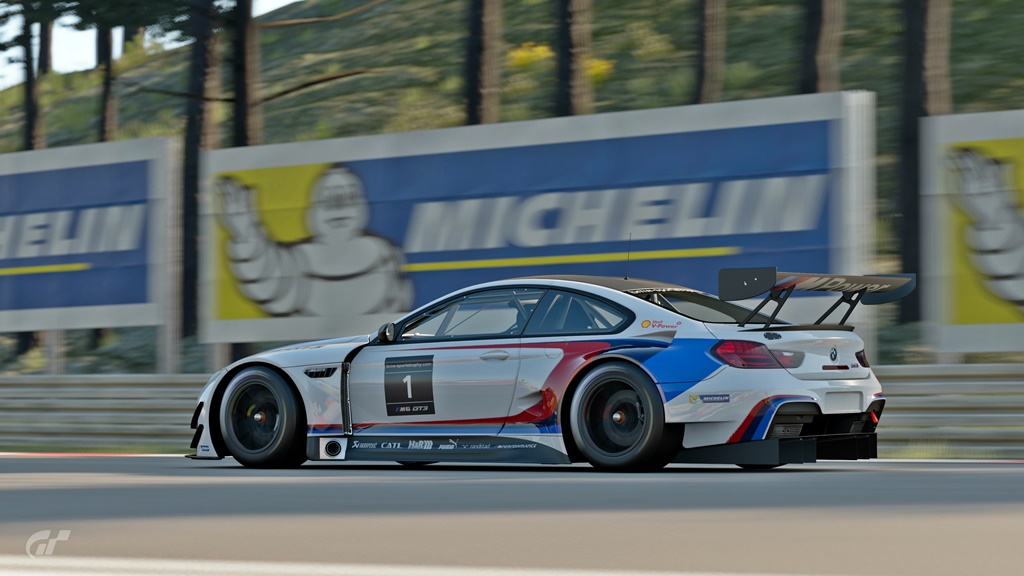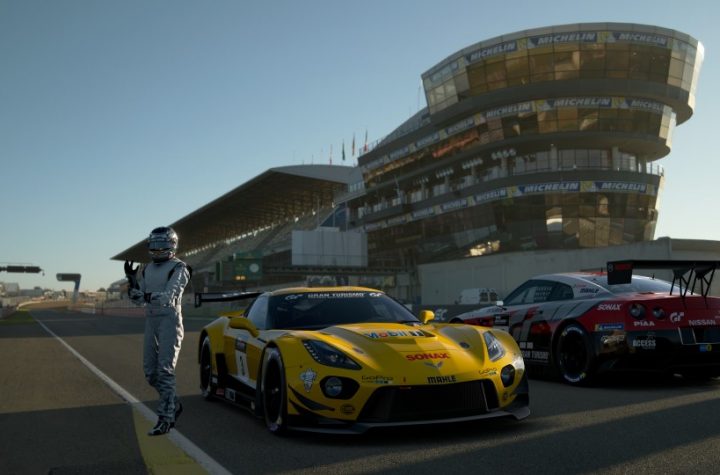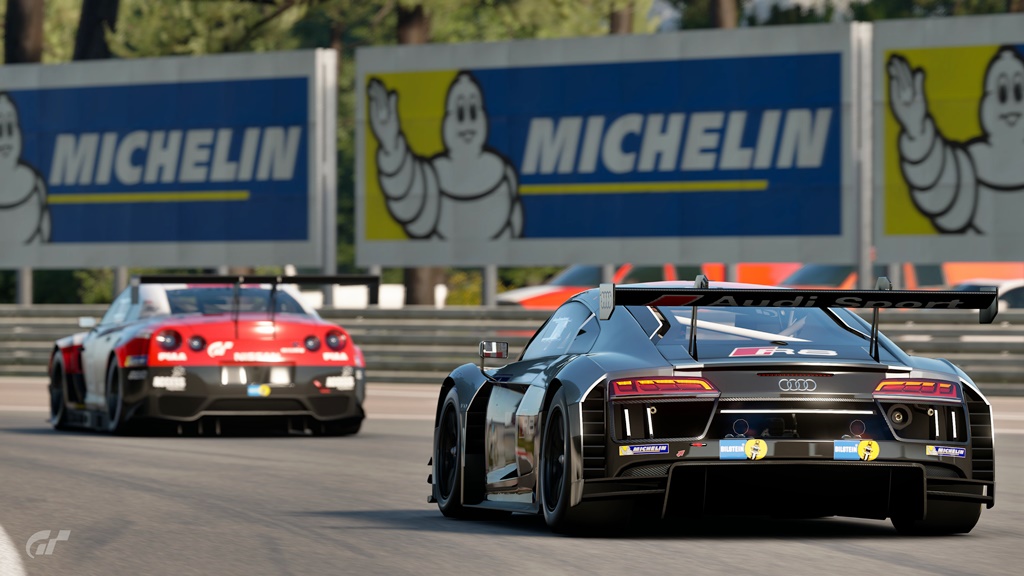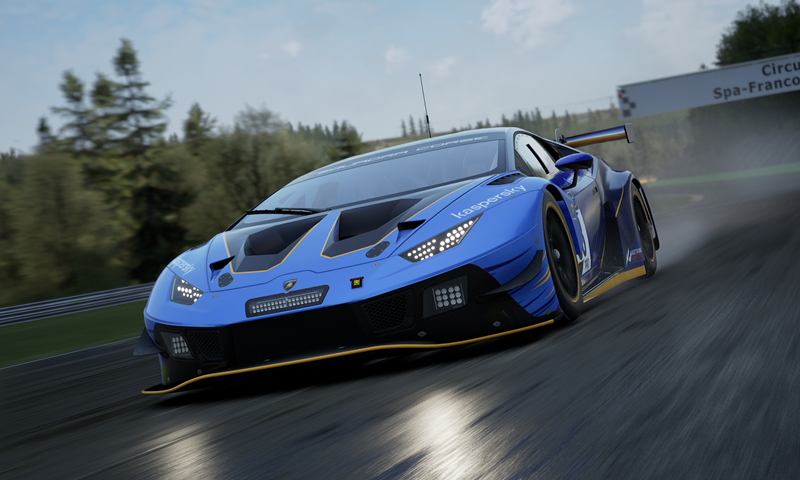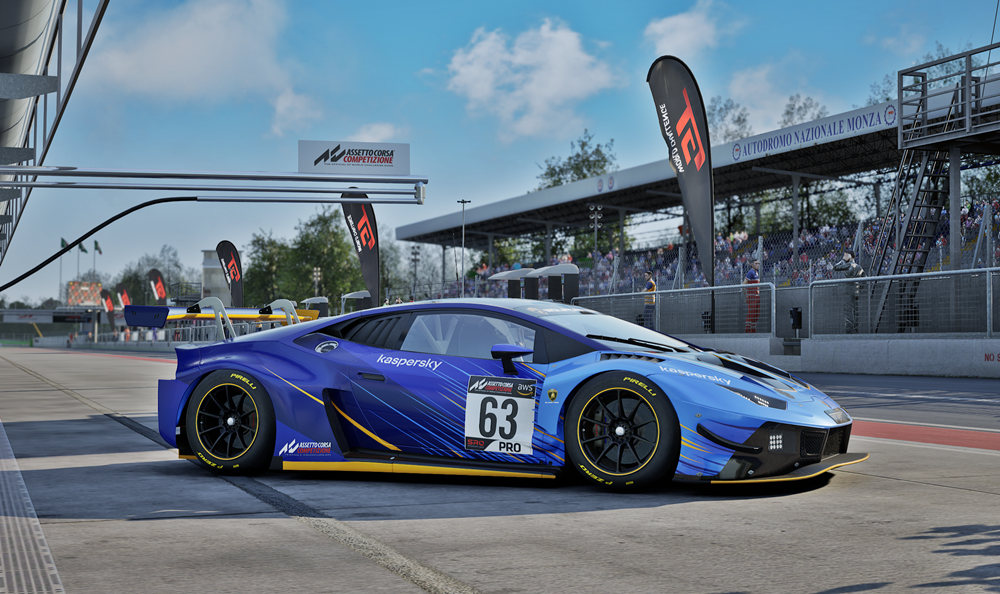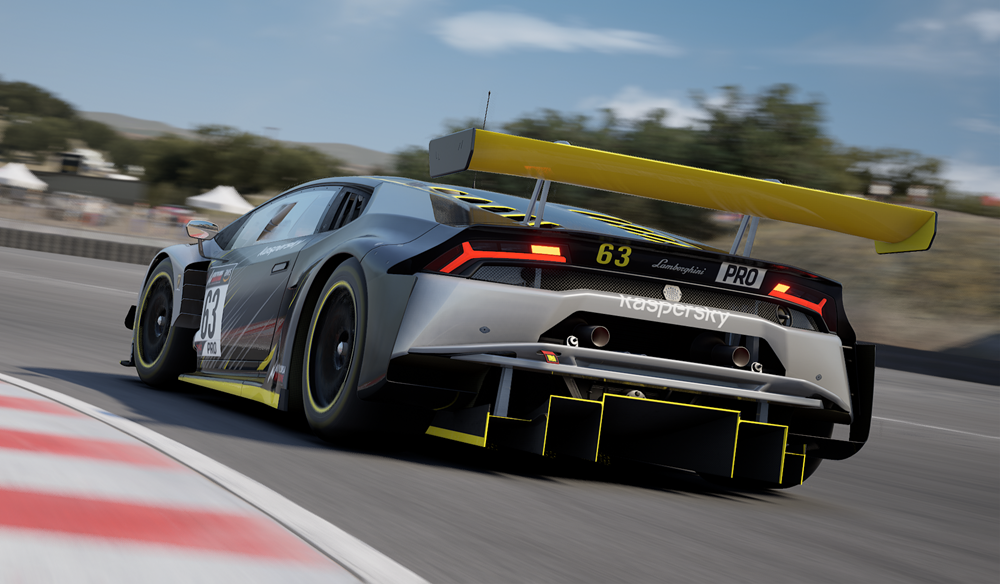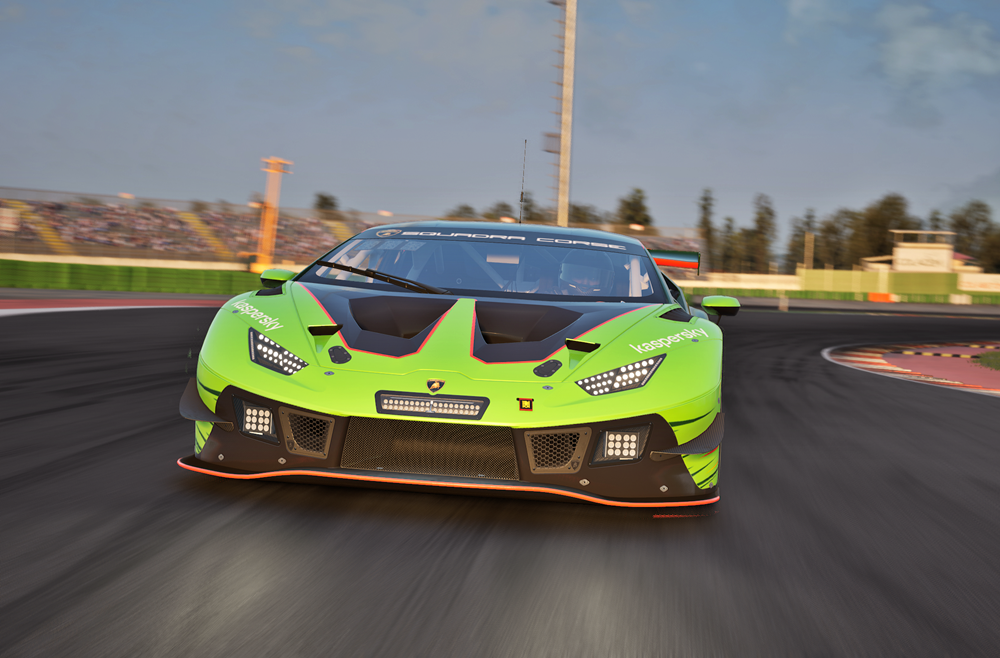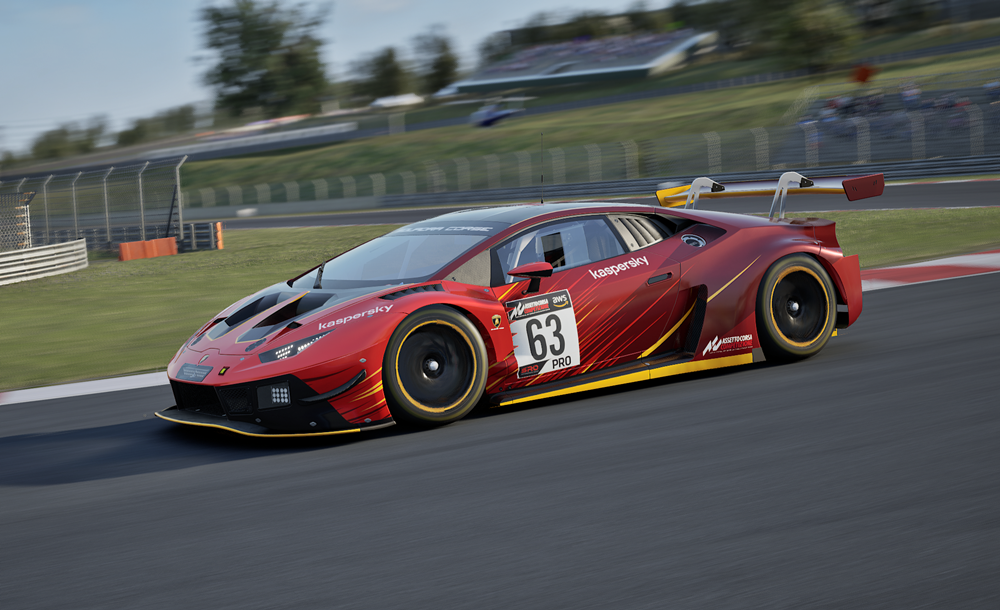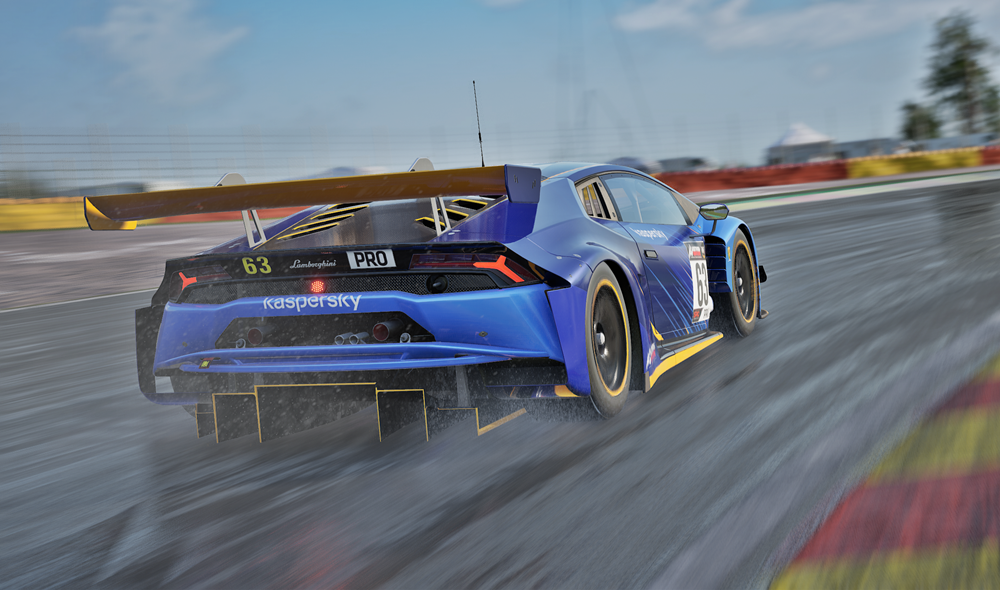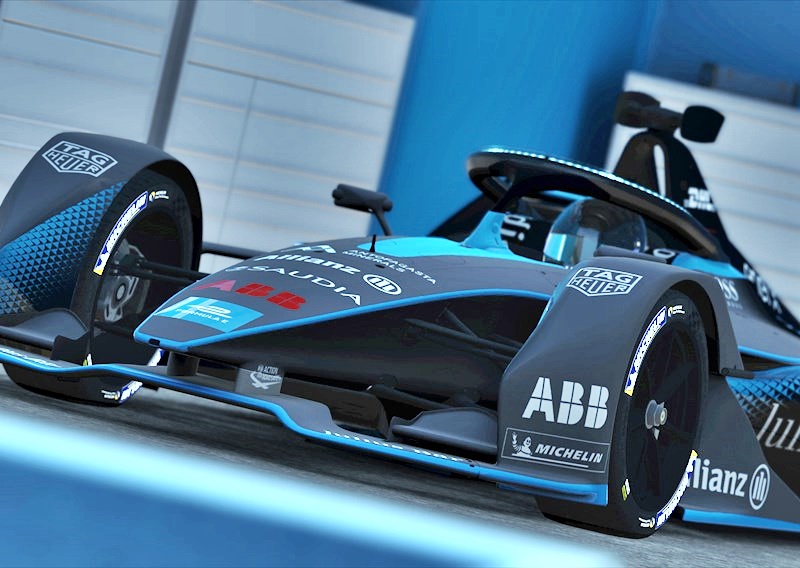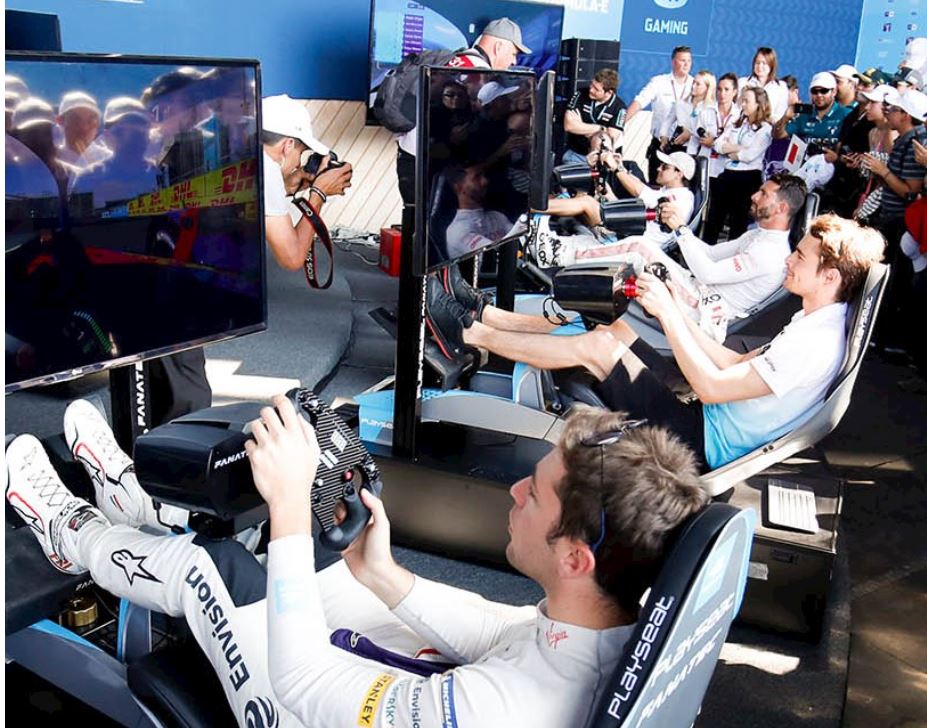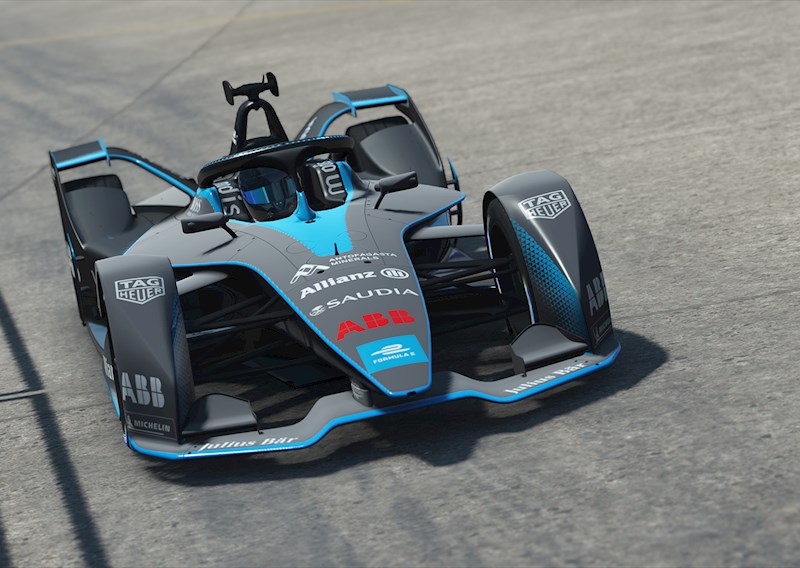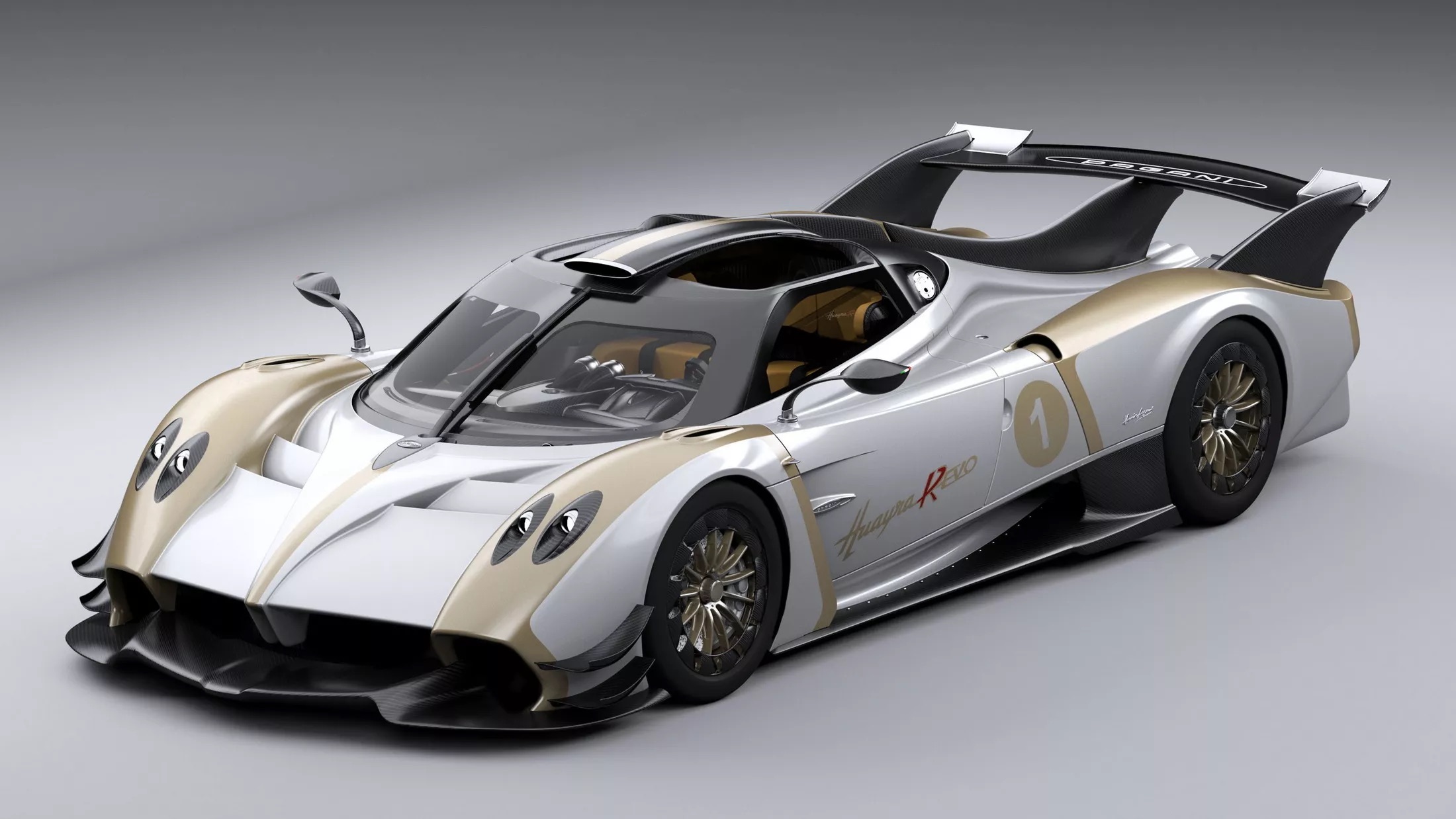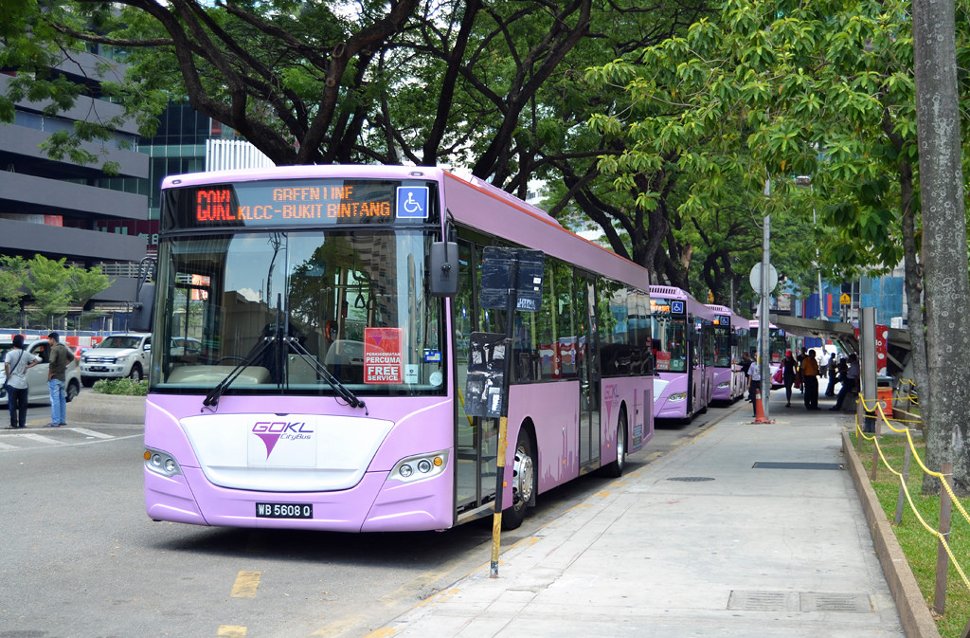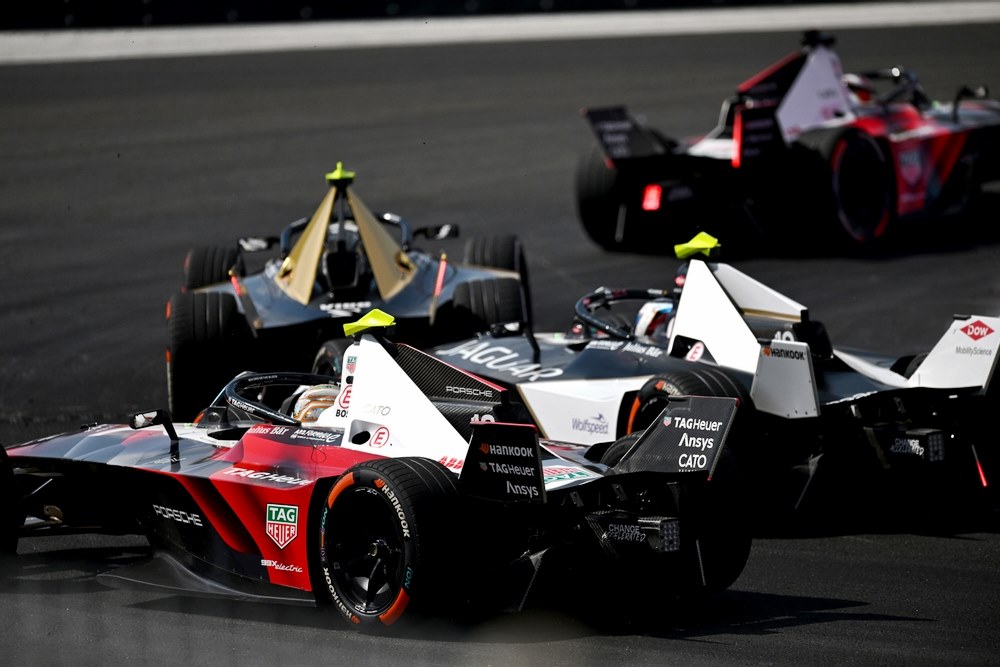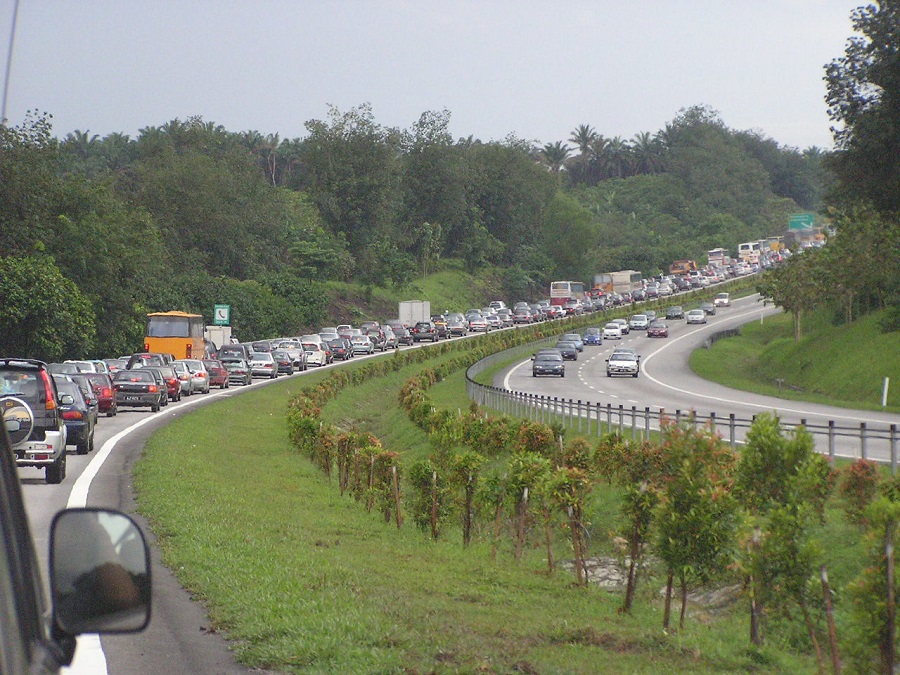In 2020, as the COVID-19 pandemic kept people in their homes and racing activities came to a standstill, Lamborghini started a one-make championship online. Not surprisingly, the event known as ‘The Real Race’ was a success as driving enthusiasts took to racing virtually. More than 2,500 drivers from 109 countries participated in the first edition of the Lamborghini eSports championship.
Huracan GT3 EVO for all participants
The immersive competition had the Huracan GT3 EVO for use by all participants. Each car had exclusive race livery created by Centro Stile, Lamborghini’s in-house design department. Participants could customize the looks in 12 different versions, with each car displaying the trademark logos of long-standing Lamborghini Squadra Corse partners – Pertamina, Pirelli and Roger Dubuis.
The competition returned in 2021 with 10 races and a new and upgraded regional format. The new format had a more global approach as racers competed both in traditional Grand Prix and in three Endurance races to earn points within their regional tournaments in Europe, America and Asia. As in 2020, they all drove a Huracan GT3 EVO in Assetto Corsa Competizione, the advanced racing simulation game.
Assetto Corsa Competizione was developed alongside car manufacturers and provides a dynamic platform for Lamborghini’s latest racing series. It has photorealistic weather conditions and graphics, night races, motion capture animations, reaching a new standard in terms of driving realism and immersion. The game is also used by official Lamborghini Squadra Corse test and race drivers in their real-world preparations.
The winners of the 6-month long championship enjoyed a track experience with the Lamborghini Squadra Corse and a VIP experience at Lamborghini Headquarters. Additionally, the top-ranked player of each regional series would be invited to become a Lamborghini Official Sim driver.
Creation of a ‘factory team’
Lamborghini decided to create its own official team – a ‘factory team’, just as in real life competition – to build on the valuable experience gained with The Real Race. The eSports Team represents a further opportunity to expand the brand’s presence in a sector that is constantly developing, highly competitive, and also strengthen its commitment to the eSports scene.
The three sim drivers chosen to represent the brand in the major international eSports competitions are Jordan Sherratt, Gianfranco Giglioli and Giorgio Simonini. Sherratt (South African, 23) and Giglioli (Italian-Venezuelan, 24) will compete together in the GT World Challenge Esports Sprint Series Europe, and Simonini (Italian, 22) will join the pair to form the crew for the 2022 Intercontinental GT Challenge Esports Endurance Championship.
The Sprint calendar consists of 5 races and started last weekend with the Misano race. The last round is set for August 3, with the grand finale scheduled in the virtual version of the Autodromo Nazionale di Monza.
The Intercontinental GT Challenge Esports series starts next weekend (April 16) with the 12 Hours of Bathurst, the famous Australian endurance race. Here too, there are 5 rounds on the calendar, with the competition concluding on August 27 with the 9 Hours of Kyalami at the famous circuit in South Africa.
Support from Squadra Corse
The three sim racers have been training hard, sharing important information on driving and set-up. They will be supported during the season by the Squadra Corse staff who are dedicating a team principal, driver coach and engineers to offer their expertise in the development and analysis of telemetry data, from the track to the virtual simulation.
“Sim racing is an important platform in today’s motorsport scene. Videogames were born to allow those who didn’t have opportunities for real-life racing to be like the professional drivers. Now, after several decades of development in the industry, sim racing is getting closer and closer to its real-life counterpart. Moreover, sim racing is an additional tool for us to develop some of the fundamental aspects of real racing, such as car set-ups and software applications that will play an important role in the future of our brand,” said Automobili Lamborghini’s Head of Motorsport, Giorgio Sanna.


